Franz Creating Legacy on the Links
Part 1: Q&A With Kyle Franz
Franz Creating Legacy on the Links
At Southern Pines Golf Club, architect Kyle Franz continues restoration work on a variety of historic, Donald Ross-designed golf courses in North Carolina’s Sandhills region.

With his ongoing improvement project at Southern Pines Golf Club, architect Kyle Franz is coming full circle renovating a variety of Donald Ross-designed golf courses in North Carolina’s Sandhills region.
The Oregon native played a key role helping Bill Coore & Ben Crenshaw enact the highly-profiled restoration of Pinehurst No. 2 in preparation for the historic 2014 U.S Men’s and Women’s Opens. Franz’s solo work at Mid Pines Inn & Golf Club in Southern Pines captured the 2013 GOLF Magazine Resort Renovation of the Year Award. In 2018, he renovated Pine Needles Lodge & Golf Club — which next year will host its fourth U.S. Women’s Open — prior to Pine Needles hosting the 2019 U.S. Senior Women’s Open. Franz also helped Kye Goalby bring Ross characteristics back to Pinehurst No. 3.
In addition, Franz has been instrumental in creating some of the most innovative and acclaimed courses built in the last decades. Several of these courses can be found in the American and World Top 100 rankings. Included on that list are two of the three highest ranked golf courses built in the last 80 years — Pacific Dunes in Bandon, Ore., and Barnbougle Dunes in Australia for architect Tom Doak. Franz also played a key role as an onsite representative building the 2016 Olympics Course in Rio de Janeiro, Brazil for Gil Hanse Golf Design.
Currently, Franz’s restoration at Southern Pines Golf Club is being performed in two stages. Depending on weather, the 18-month improvement plan is expected to be completed in late August or early September 2021.

Golf writer Brad King recently interviewed Franz to pick his brain about not only his work at Southern Pines GC, but also his background and design philosophy. This is part 1 of a multi-part series.
Brad King: You grew up and studied in Oregon. When did you officially relocate to the North Carolina Sandhills? How do you enjoy living and working in the Home of American Golf?
Kyle Franz: “I started coming to Pinehurst for the Pinehurst No. 2 project when I was working for Bill and Ben. So that was about 2010-11 or so. Then from there I went to work at Cabot Links (in Canada) after that and a project for Gil Hanse out at Waverly Country Club in Portland. After that is when I started talking to Kelly Miller and the family about doing the project at Mid Pines. I got to know Kelly during the renovation of No. 2 a year and change before that. Kelly’s such a great guy and we always had so much fun together. That was about 2012 or so.
“Pinehurst really became home immediately after that. After we finished Mid Pines, I had already committed to help Gil on the Rio Olympics project, where I was going down and shaping for him and what-not. So, I took a sabbatical from my solo career to go back to working for Gil on that project. That was such an interesting and fun experience — really a great cultural experience. We were very lucky to work on such a great piece of property. We were working on sand and we were able to do something pretty cool.
“After that, I started to pick up other jobs. Kelly had hired me to work on Pine Needles and I was starting to talk to the Country Club of Charleston by then, about helping them, and a few other places up north.
“So about then, around 2014 or so, is when I really got serious about becoming a full-fledged restoration business. Then, the offers began coming in fast, so I said, ‘I can give this a go.’ Kelly offered me a place to work there at the resort, he gave me an office and I’ve just lived around the neighborhood there ever since. So, I’ve called Pinehurst home off and on since 2010-11 and permanently since 2014.”
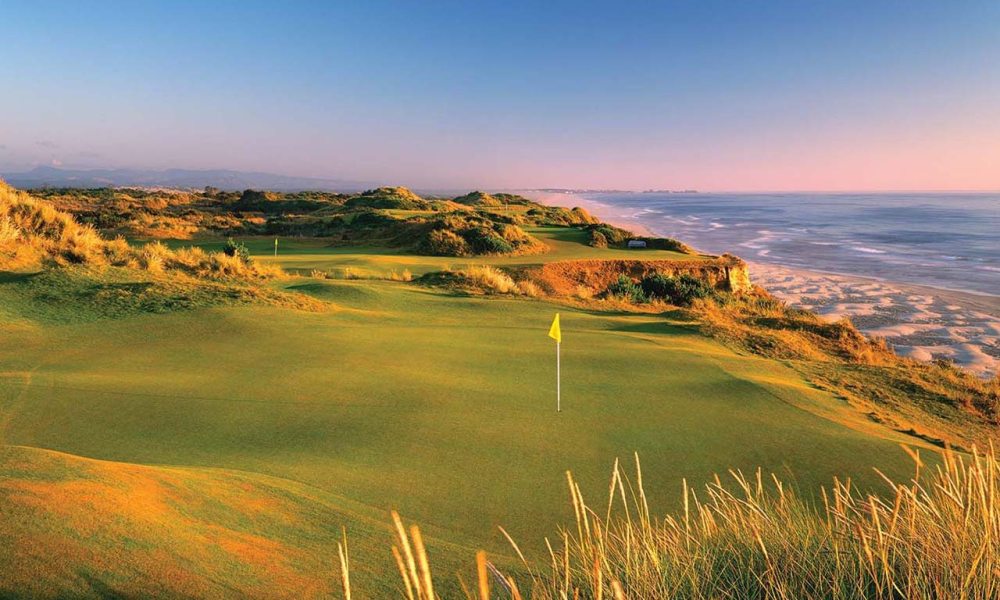
BK: You’ve worked with some of the most respected names in golf course architecture from Tom Doak to Bill Coore and Ben Crenshaw, and Gil Hanse among others. How has that type of experience helped boost your own design career as a solo practitioner?
KF: “I’ve been very, very lucky. I always wanted to get into the architecture business, growing up in western Oregon. There were some cool, older golf courses, like Waverly, where Tiger Woods won his last Junior Amateur. That was a course I had played in high school and was my first exposure to USGA-caliber places. And Bandon Dunes (pictured left) was obviously the big, great leap forward for publicly accessible destination golf in the ’90s and early 2000s. So, my friends and I burned a track down there every weekend to get the twilight rate at Bandon.
“I remember just really wanting to get a job working for Tom (Doak). I had read all of his stuff in GOLF Magazine and Golf Digest, and all his books to that point. He had all the right ideas about what we should be doing in the industry. I was very fortunate that Tom gave me a shot, when I was only about three hours away from where I grew up and where I was going to school, and I was really familiar with Bandon. So, I was able to help out in some ways that allowed me to contribute immediately. I was able to do a lot of stuff that was second nature to me, having grown up out there and spending a lot of time in eastern Oregon and knowing the bunker work.
“And then I had Barnbougle (Dunes) as my third project down in Australia. I was pretty lucky out of the gates to work on two unbelievably good projects so early in my career. (Barnbougle Dunes) might end up being the second- and third-highest rated courses built in the last 80 years. I got some pretty lucky breaks for that three-year period. That led to me getting to know Ben (Crenshaw) and Bill (Coore), working at Bandon Trails around the summer of ’04. I had some time between Barnbougle and Stone Eagle for Tom, and had helped them out (at Bandon Trails), which in turn led to me working with them on No. 2 several years later. I’ve been very, very fortunate.
“I’ve just learned so much from those guys right out of the gates. I was 19 years old when I started with Tom at Pacific. So, I got a grade-A education. For somebody that wanted to go into architecture, and specifically minimalism and classically oriented architecture, it was pretty much a dream come true and a perfect 10 in terms of education.”
In part 2 of Brad King’s interview with Kyle Franz, the architect discusses his on-going work at Southern Pines GC, and how he feels about completing the third of Ross’s three eras of design philosophy.
Other Blogs
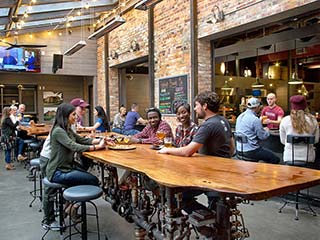
10 Great Things To Do
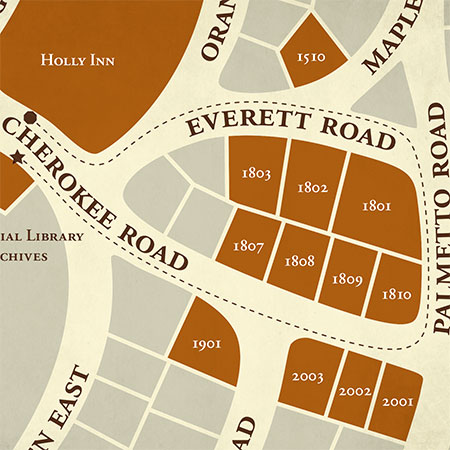
Discover The Path To Pinehurst’s Past

Insider Golf Tips
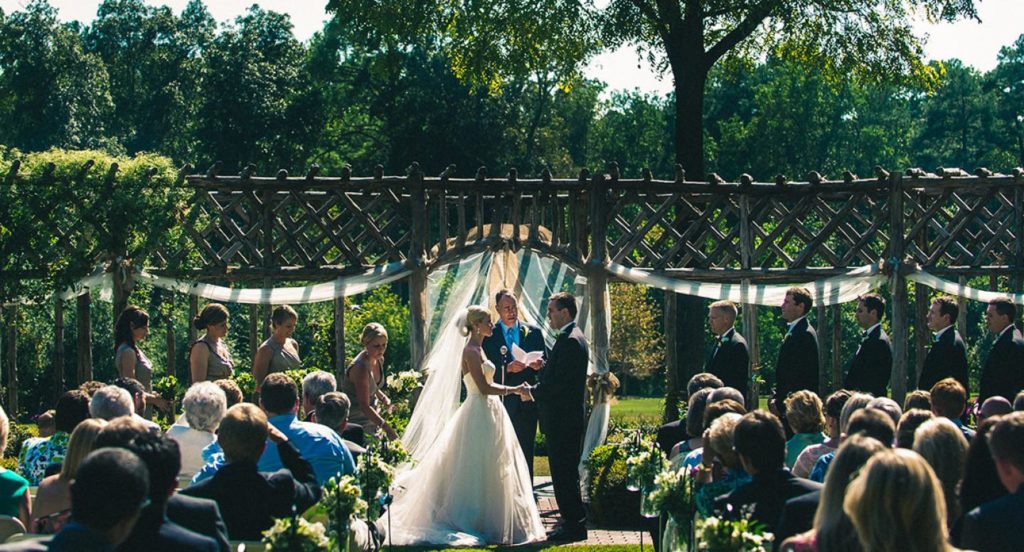
Unique Wedding Venues

North Carolina Couples Vacation
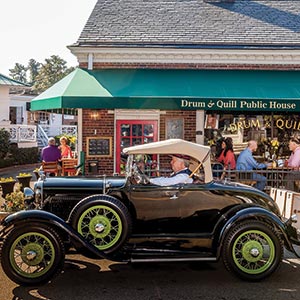
Our Favorite 19th Holes in the Home of American Golf
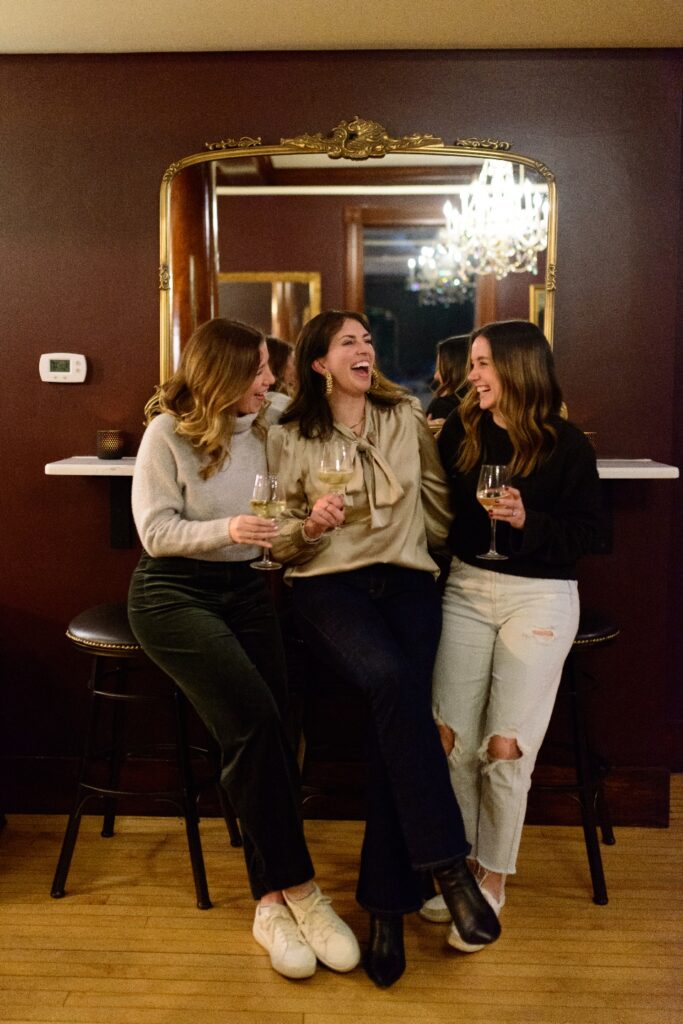
Girlfriend Getaways
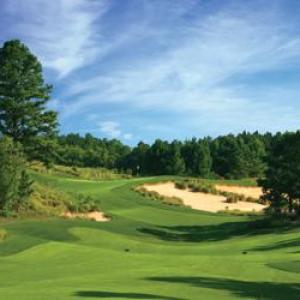
Tobacco Road: A Truly Unique Golf Adventure
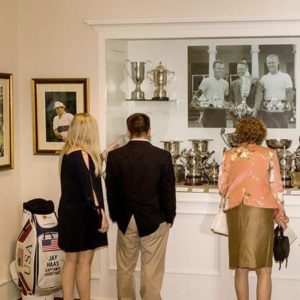
Carolinas Golf Association Hall of History

Where the Ladies Golf
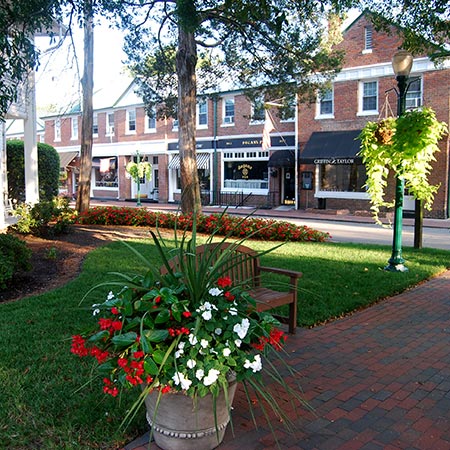
Romancing Pinehurst
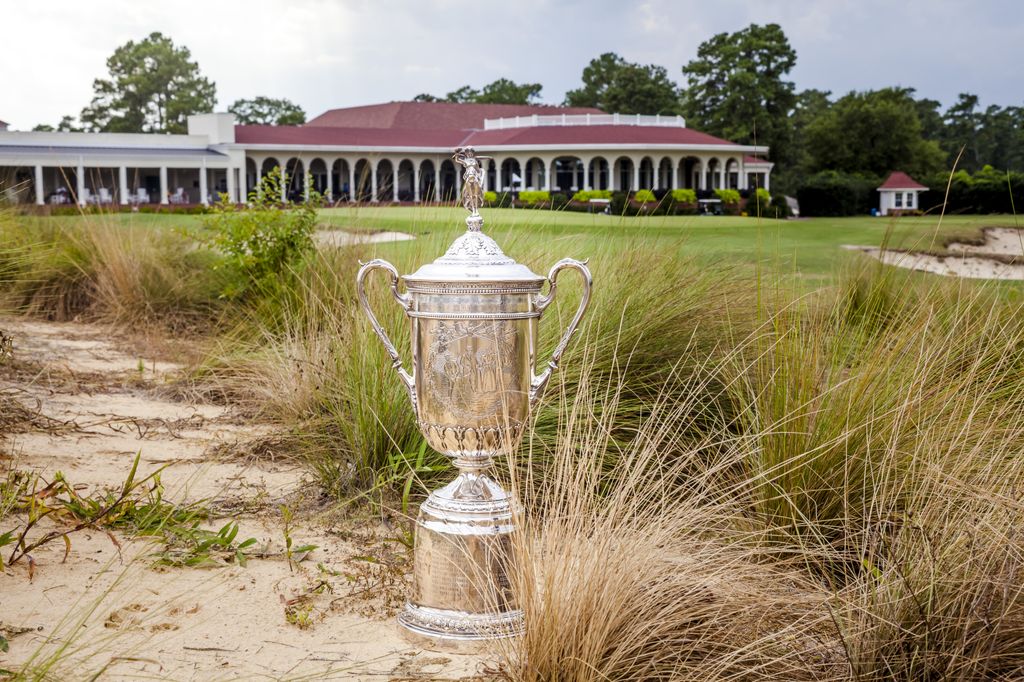
Home of American Golf and U.S. Open Connections
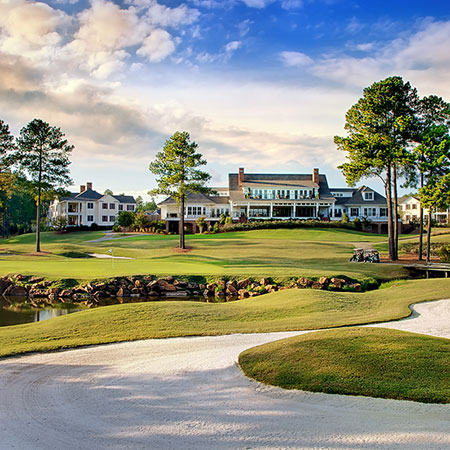
Former U.S. Open Champions Provide Pinehurst Area Some of Its Finest Designs
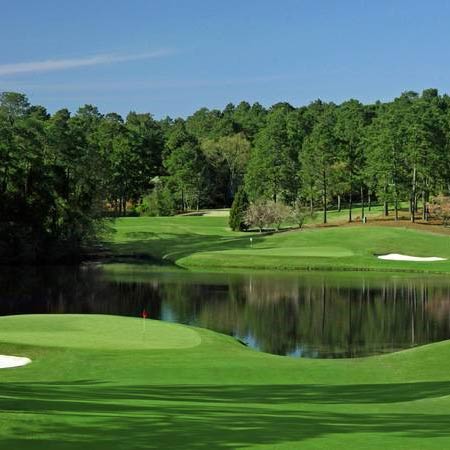
Donald Ross First of Many Architects to Design U.S. Open-Quality Courses in Sandhills
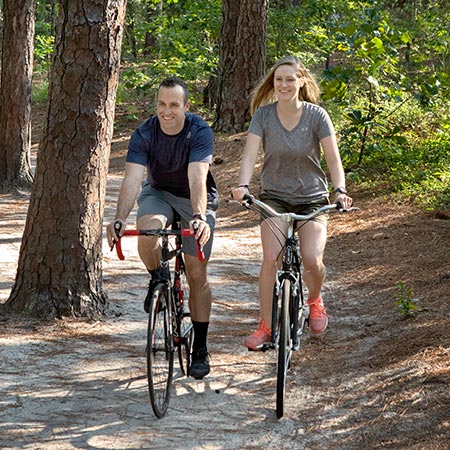
Sandhills Offers Outstanding Variety of Outdoor Activities
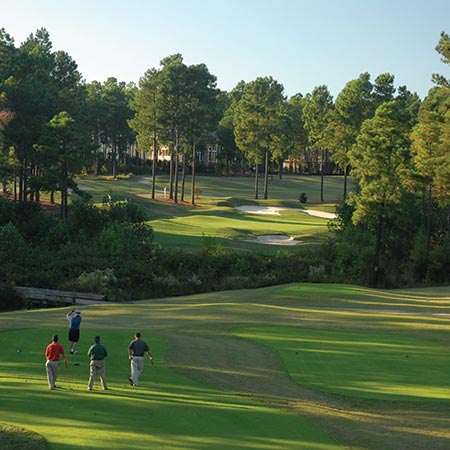
Buddy Golf Trip
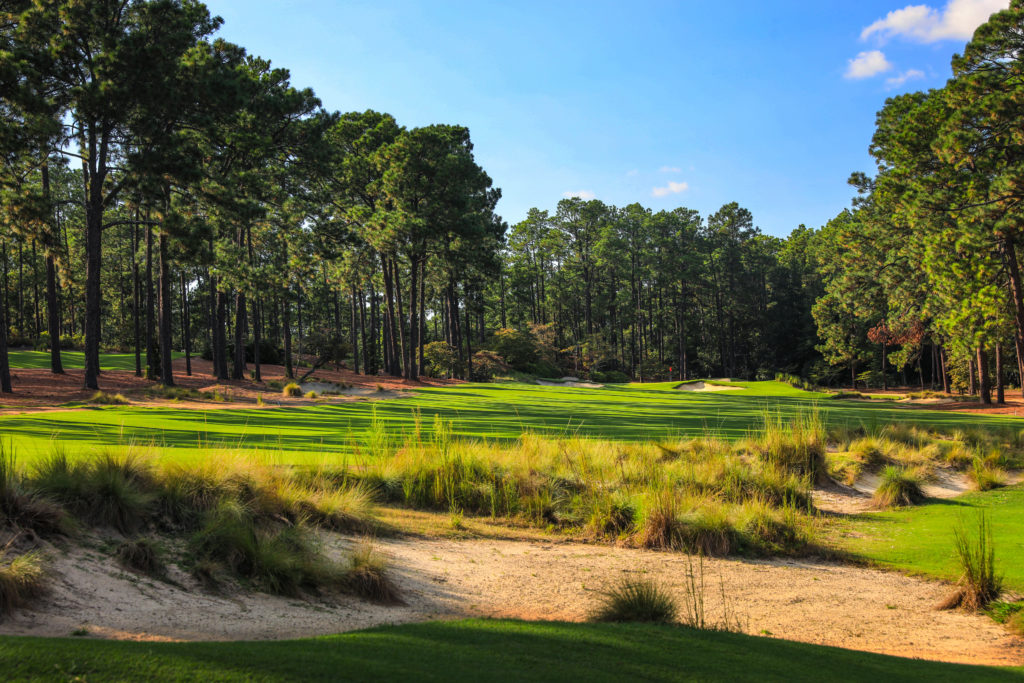
18 Holes of Local Knowledge for the Sandhills Golfer
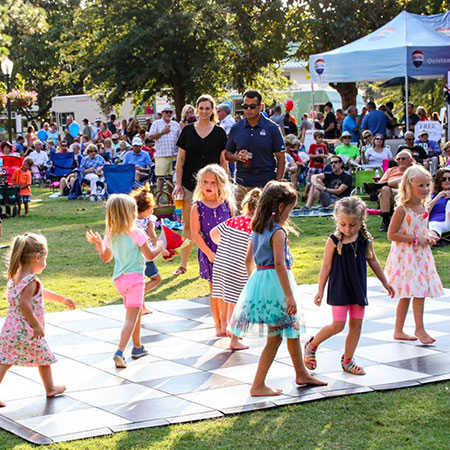
The Family Fun Trip
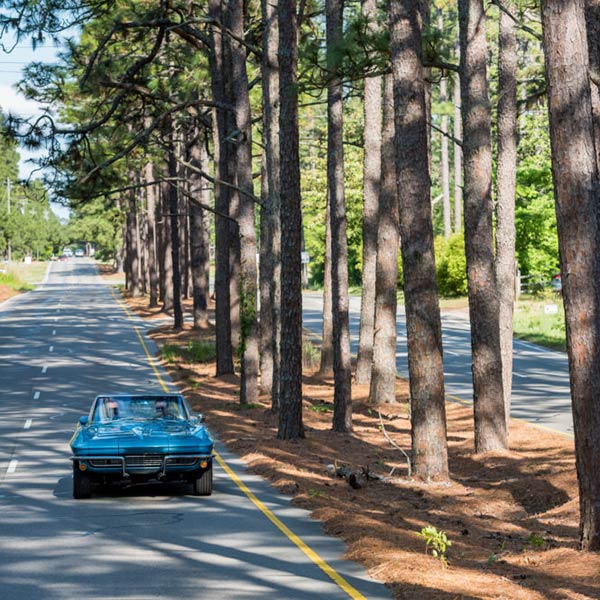
Midland Road: The “Fifth Avenue of Golf”
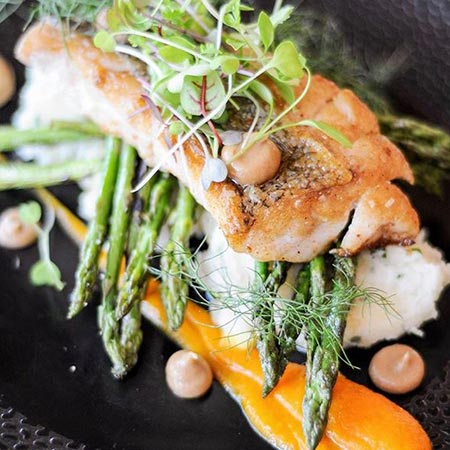
Collards, Community and Collaboration
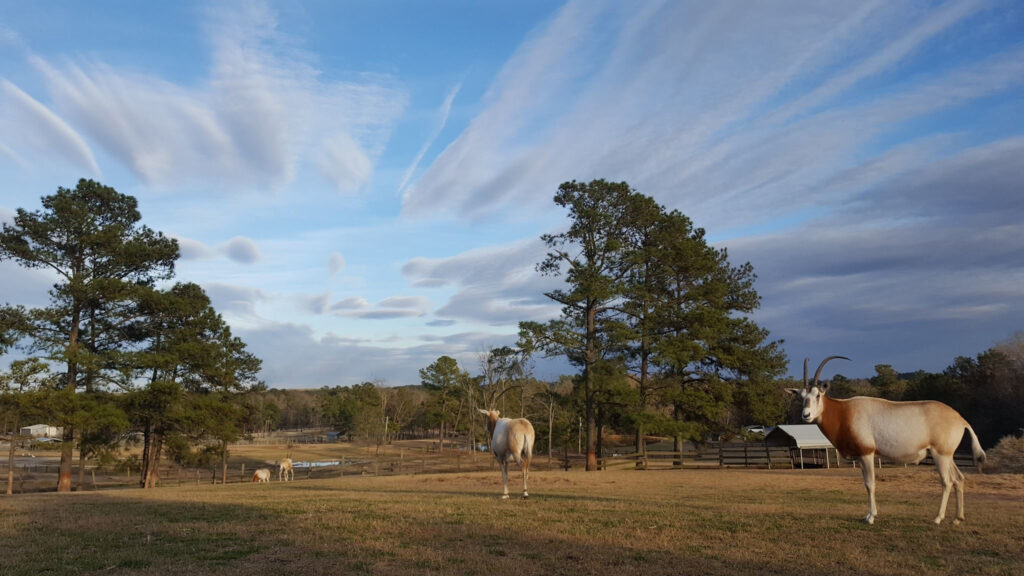
10 Little-Known Facts About North Carolina’s Pinehurst/Southern Pines Region

Sandhills Holiday Gift Guide
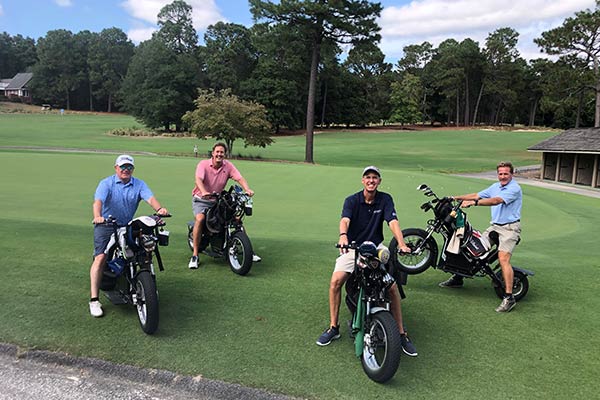
Spring Primer: Local Knowledge from the Home of American Golf

Our Favorite Coffee Shops in the Sandhills
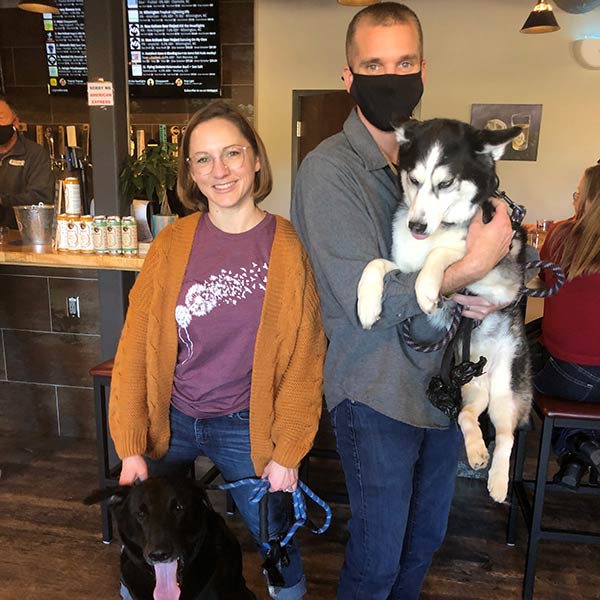
Bring Fido! Pet-Friendly Finds Among the Pines
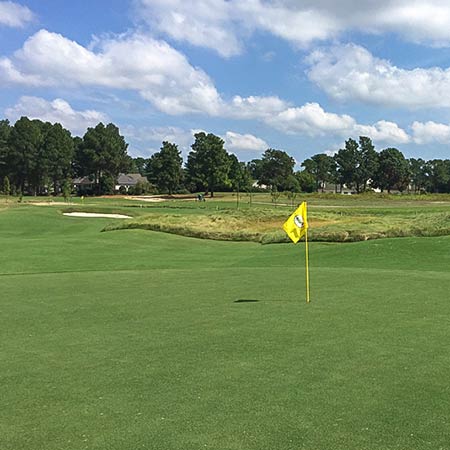
Bottlebrush: Pinehurst Area’s Best Kept Secret
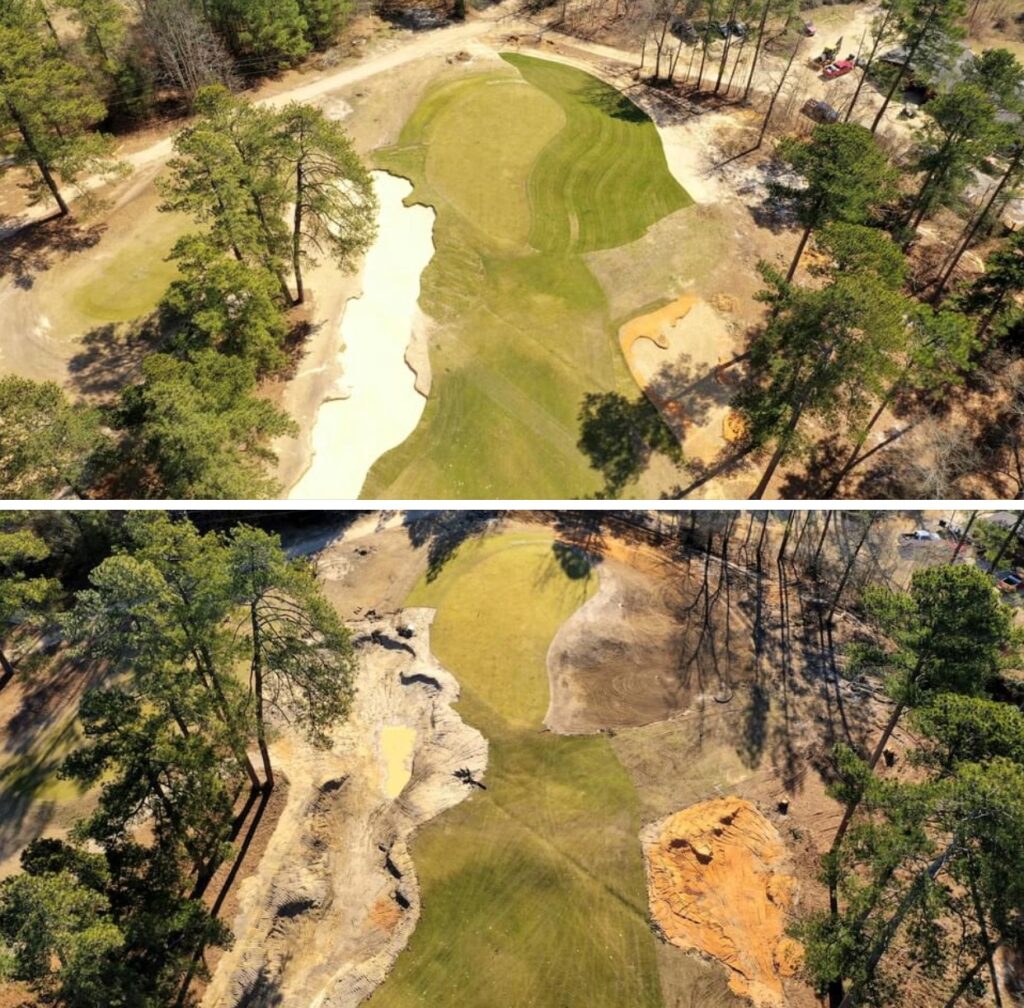
Franz Part 2: The Legacy Continues

Why Visit Pinehurst If You Don’t Play Golf?

First Timer’s Guide to Pinehurst
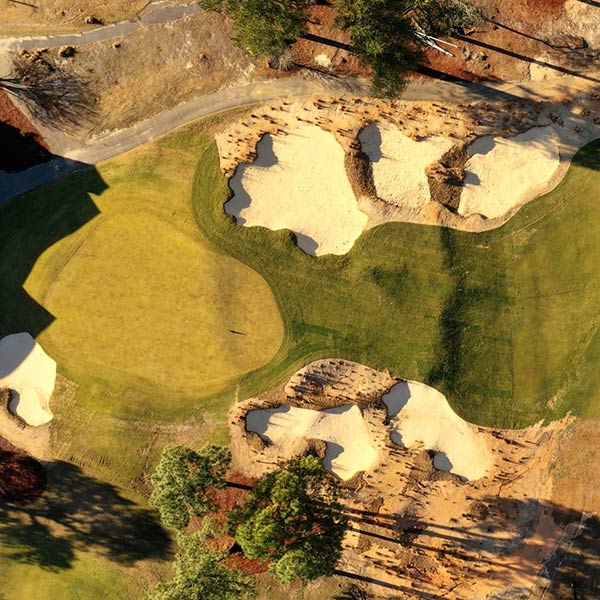
Franz Part 3: On Sandhills Topography
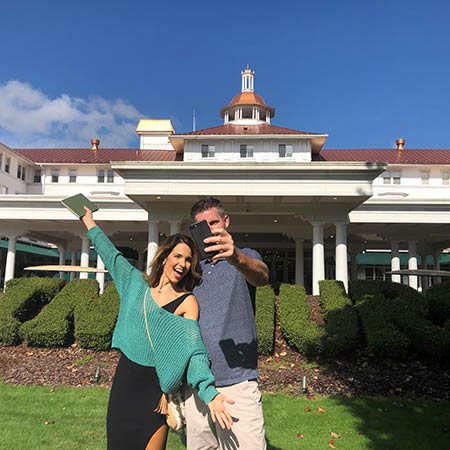
Top 10 Places for a #Sandhills Selfie
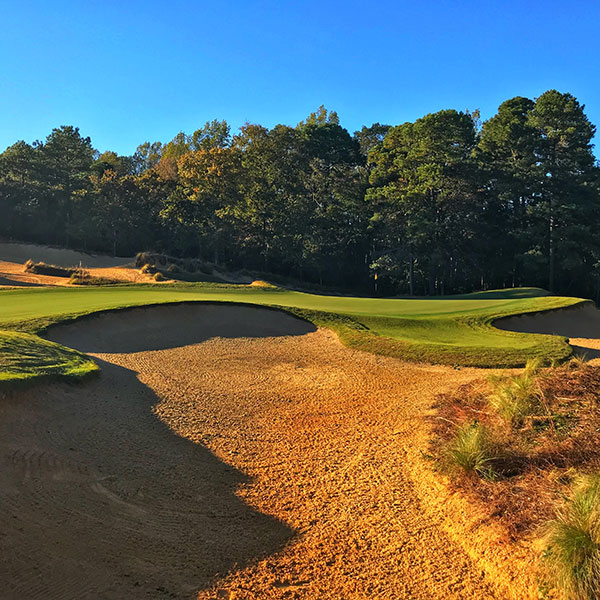
“Bermuda Revolution” Around Sandhills Leads to Ideal Year-Round Golf

Hunger Games – Sandhills Golfers Dining Guide
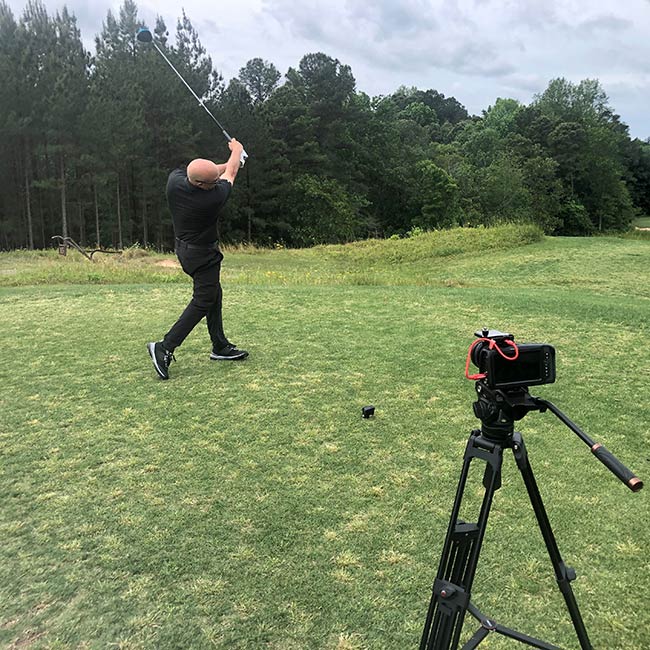
Episode 1: Golf Tips with Nick Bradley

Episode 2: Golf Tips with Nick Bradley

Sandhills Embraces Walking Culture
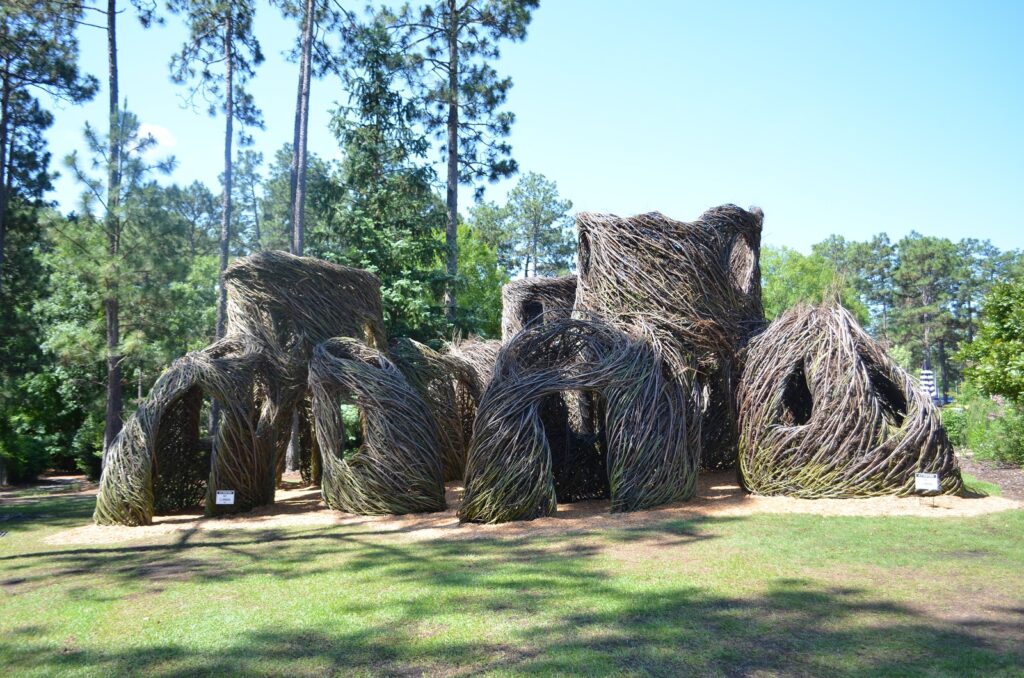
Patrick Dougherty: The Stickman Cometh

Dining A to Z

Fall Renewal in the Sandhills

Pinehurst’s Ryder Cup 1951

No. 2 Celebrates 10 Years

2004 Ryder Cup That Wasn’t
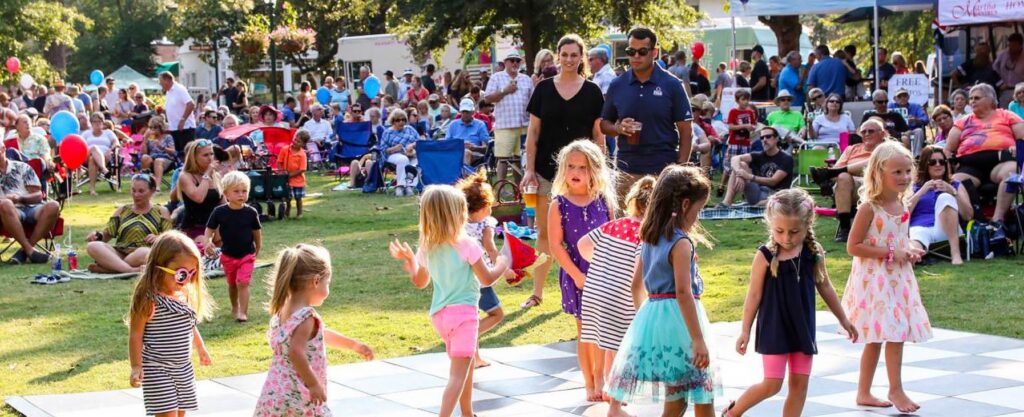
Family Fun in the Sandhills
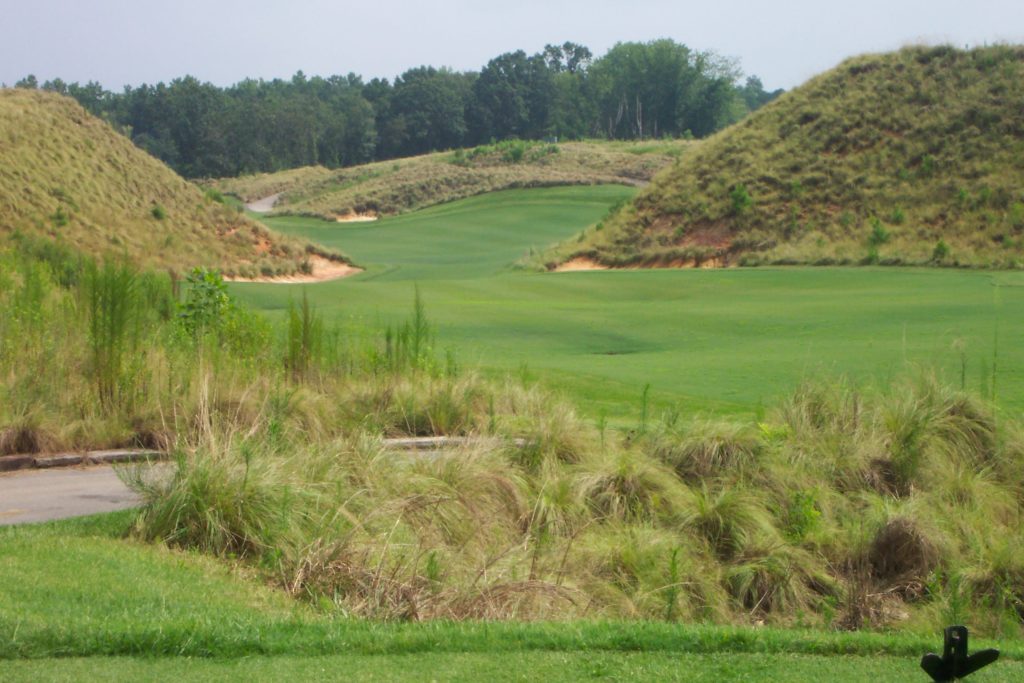
Remarkable Golf Stays in The Pinehurst Area

Couples Weekend Getaway Ideas

Nature’s Canvas: Tobacco Road

Perfect Getaway to Southern Pines

Culinary Discoveries in the Sandhills of N.C.

Restaurant Roundtable Q&A
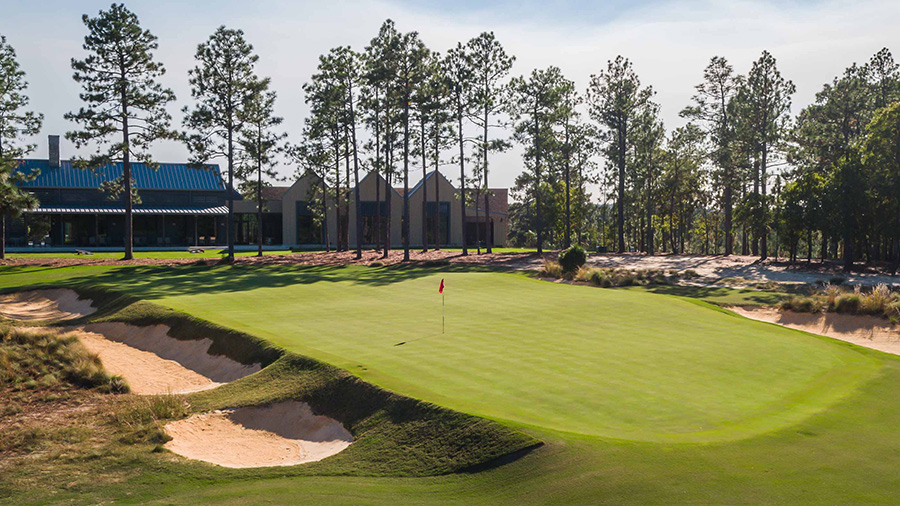
Dormie Club’s New Era
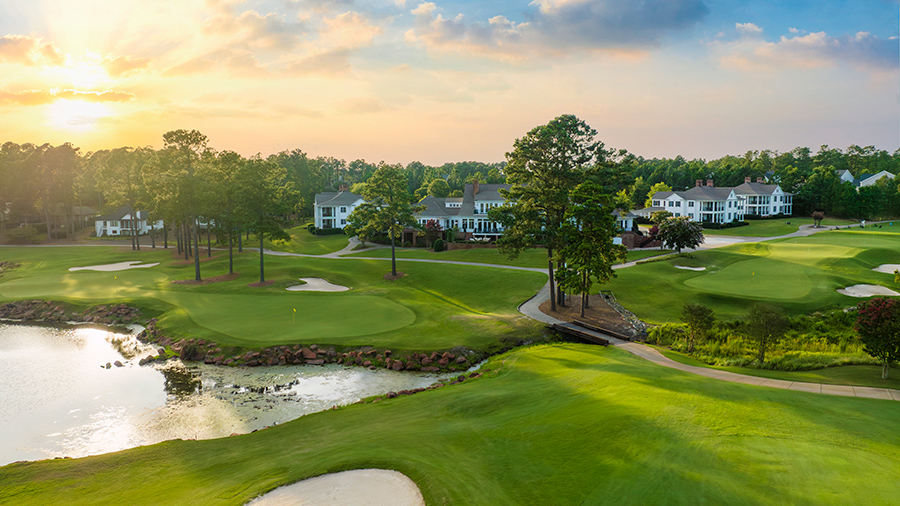
Talamore and Mid South: History of Their Own

Undiscovered Pinehurst

Off for Pinehurst
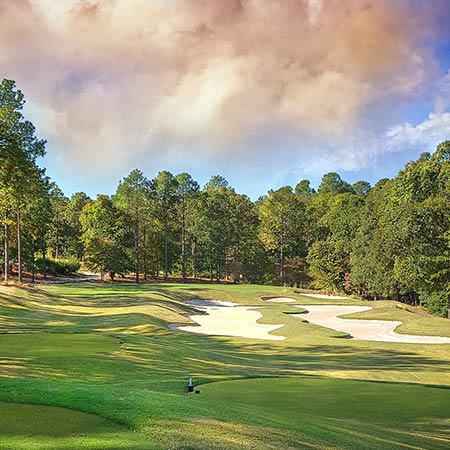
Talamore Doing More for 2022
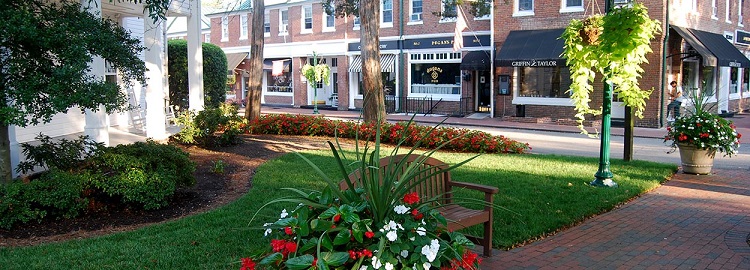
Romantic Gift Ideas In Pinehurst Area

Foodie Weekend in the Sandhills
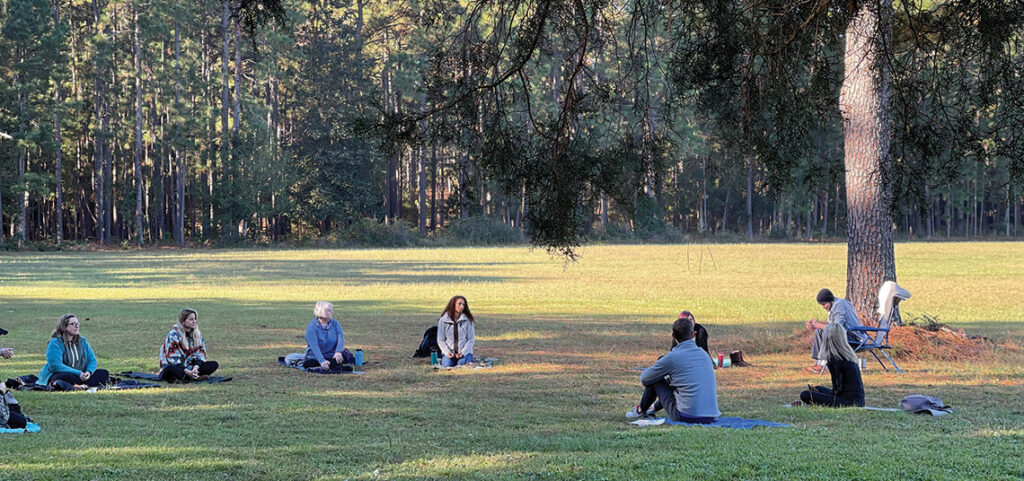
Wellness in the Pines

The Military Means Business in the Sandhills
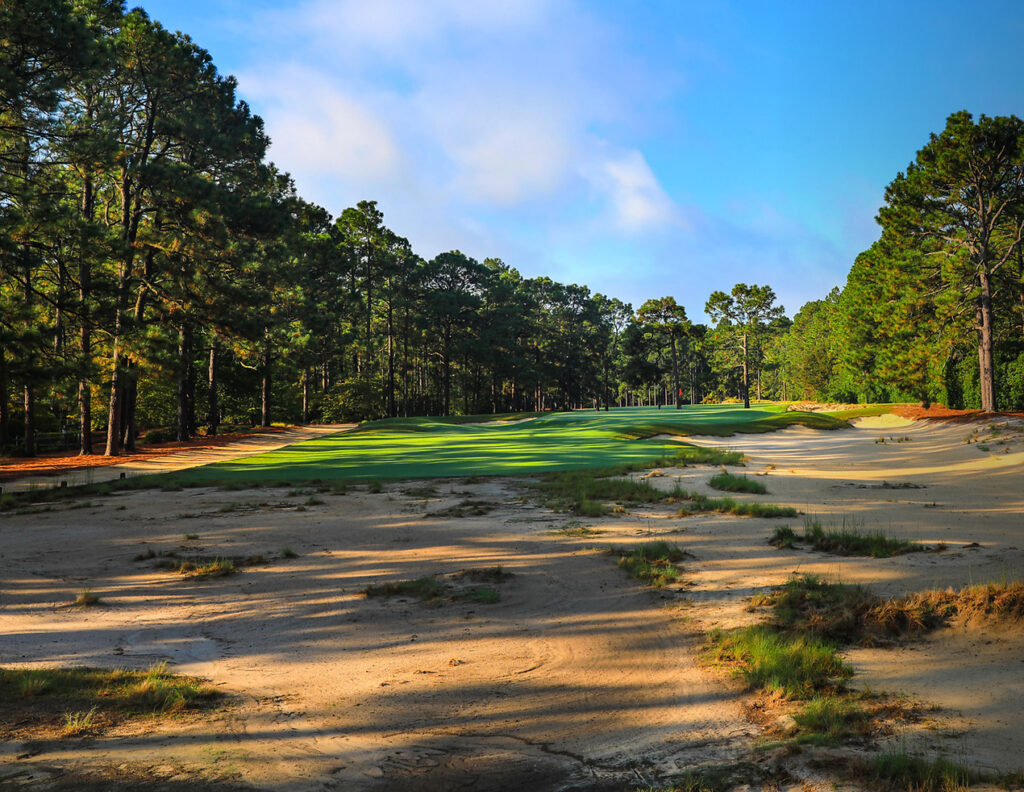
Pine Needles Goes Back in Time
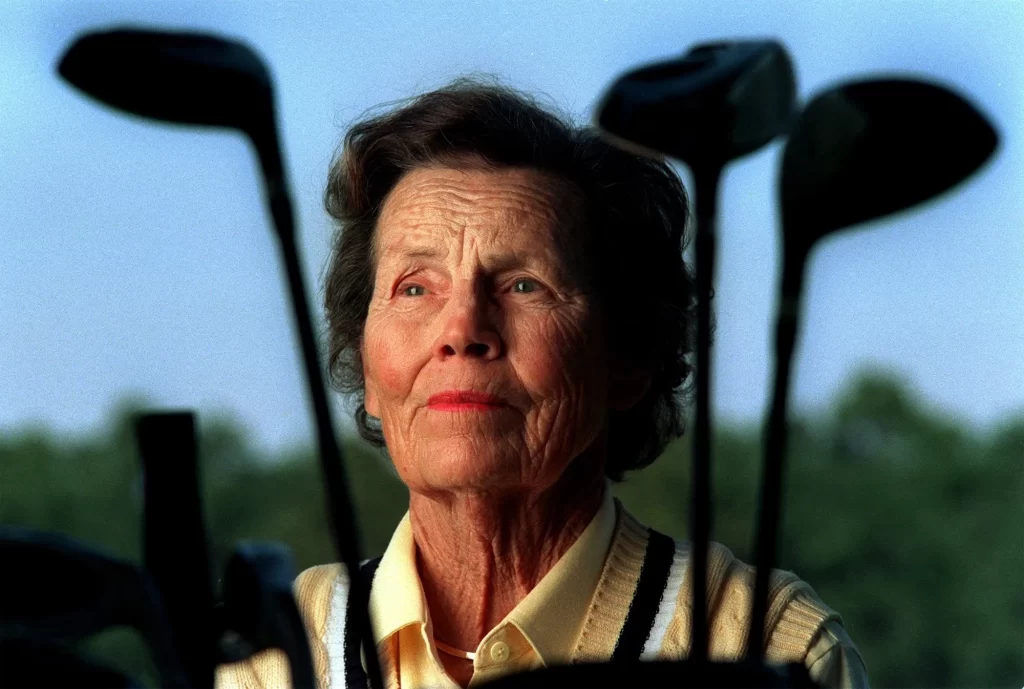
Grande Dame of Women’s Golf

A Guide to Berry Picking in the Sandhills
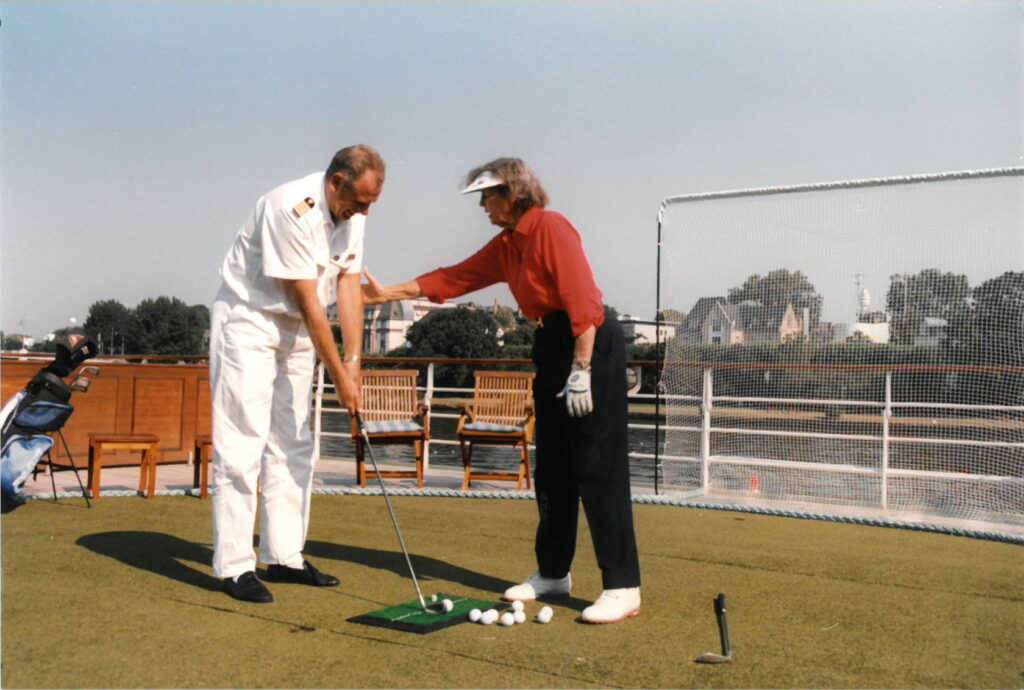
Waltzing on the Danube with Peggy Kirk Bell

From Cradle to Cradle

Donald Ross Could Golf His Ball
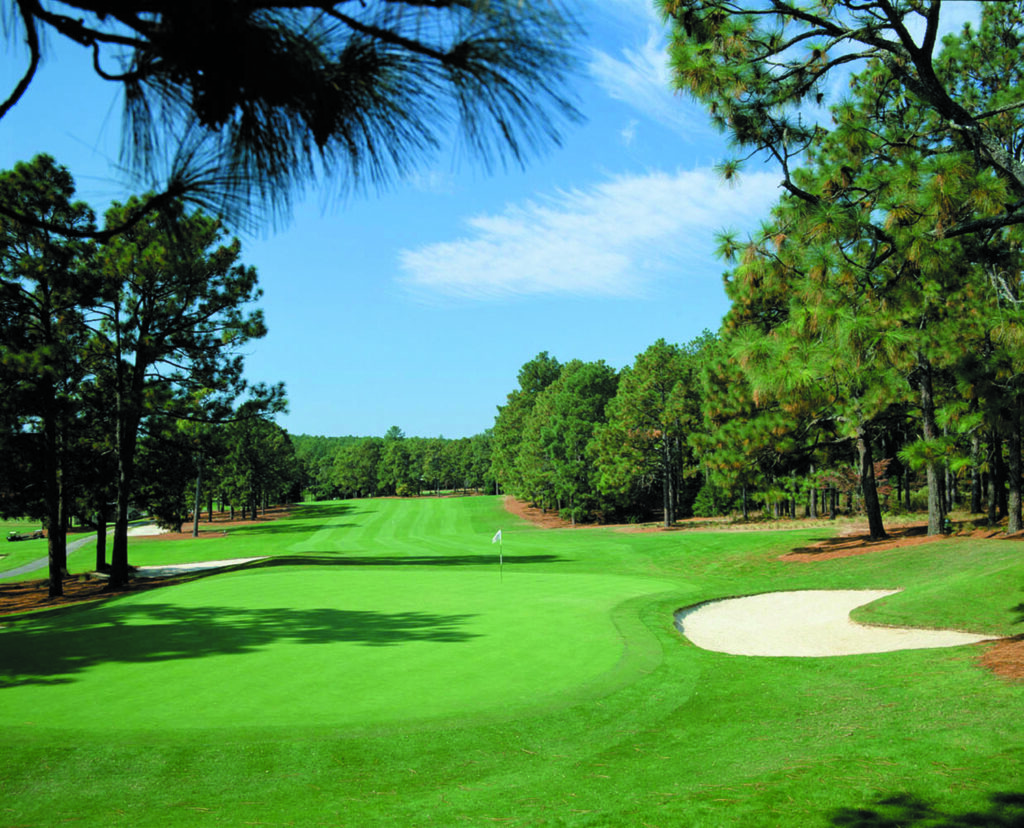
No Resting on Laurels Around the Home of American Golf
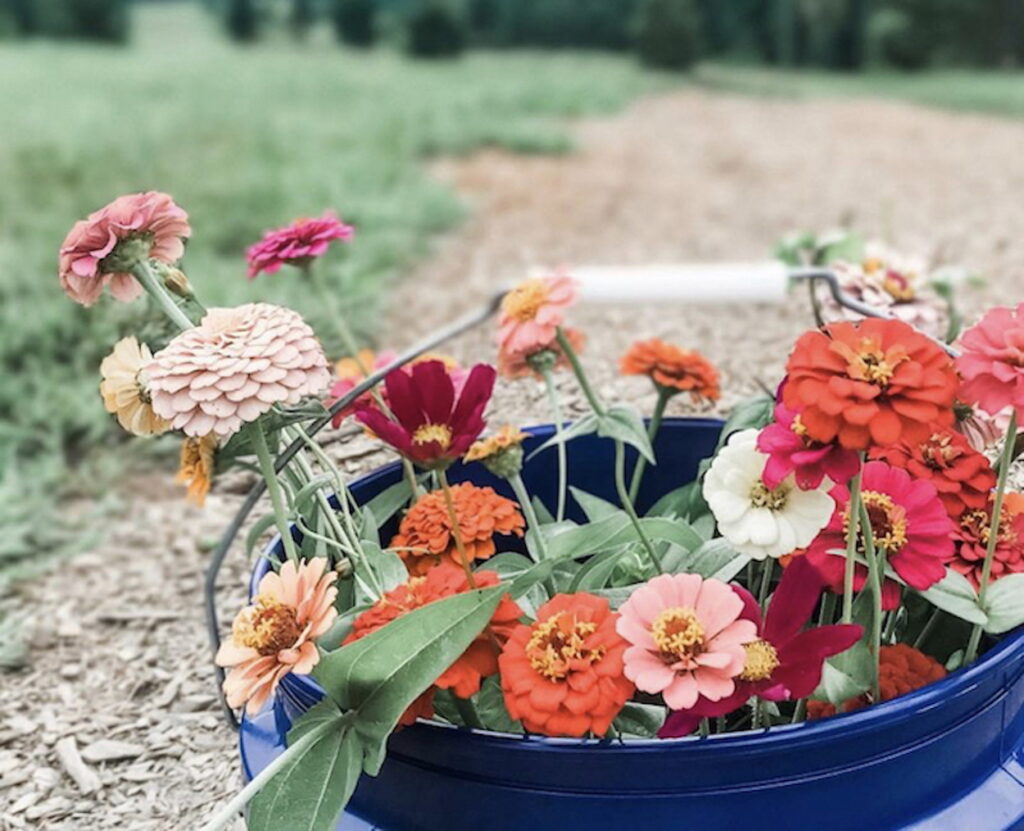
Flower Farms in the Sandhills
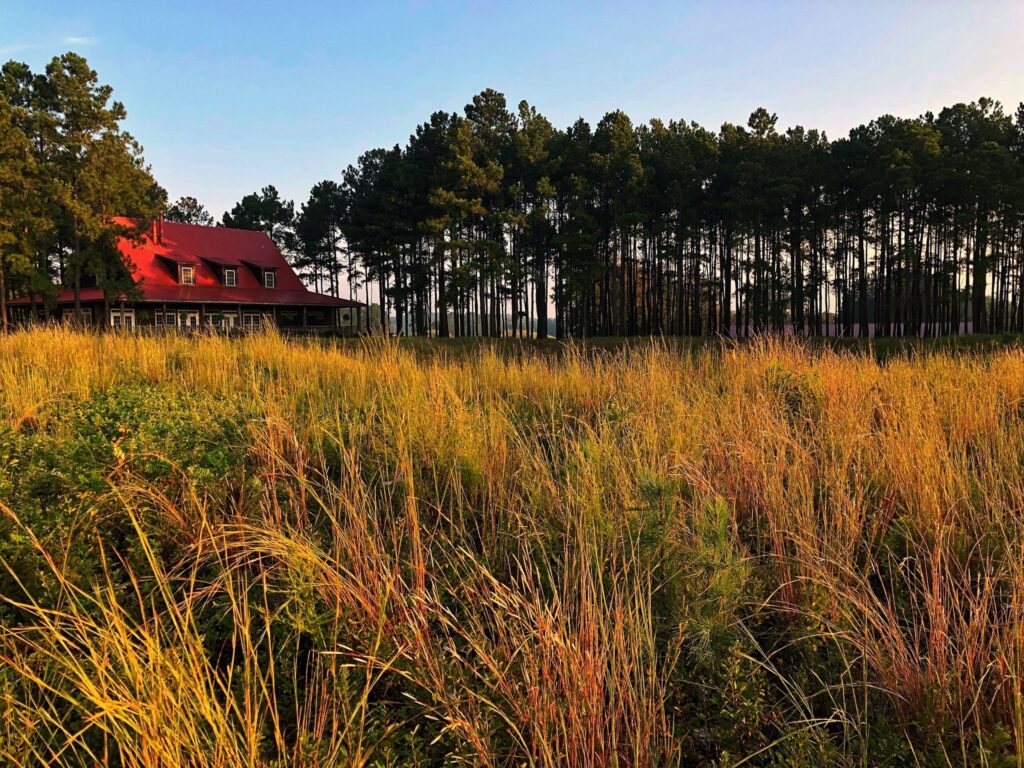
Fall into Pinehurst Golf

What Goes Around…
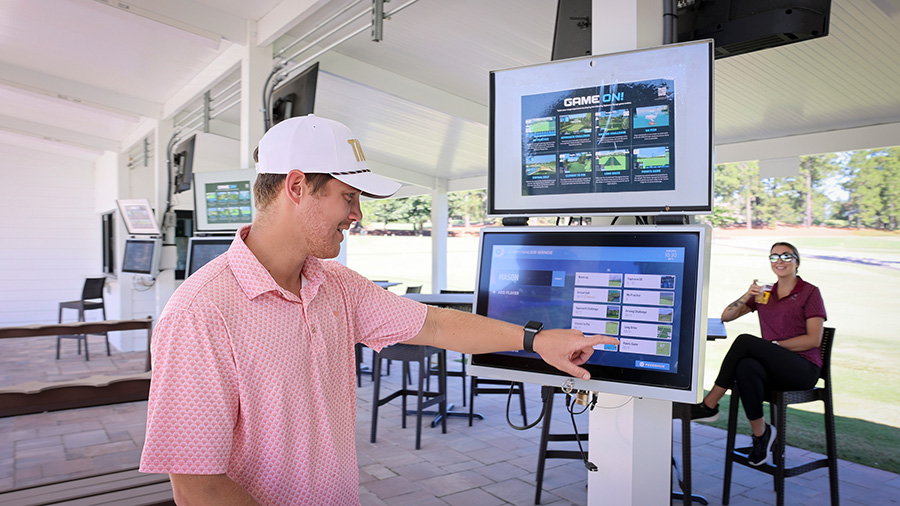
Talamore Resort Debuts New Toptracer Range

The History of the Pinehurst Inns
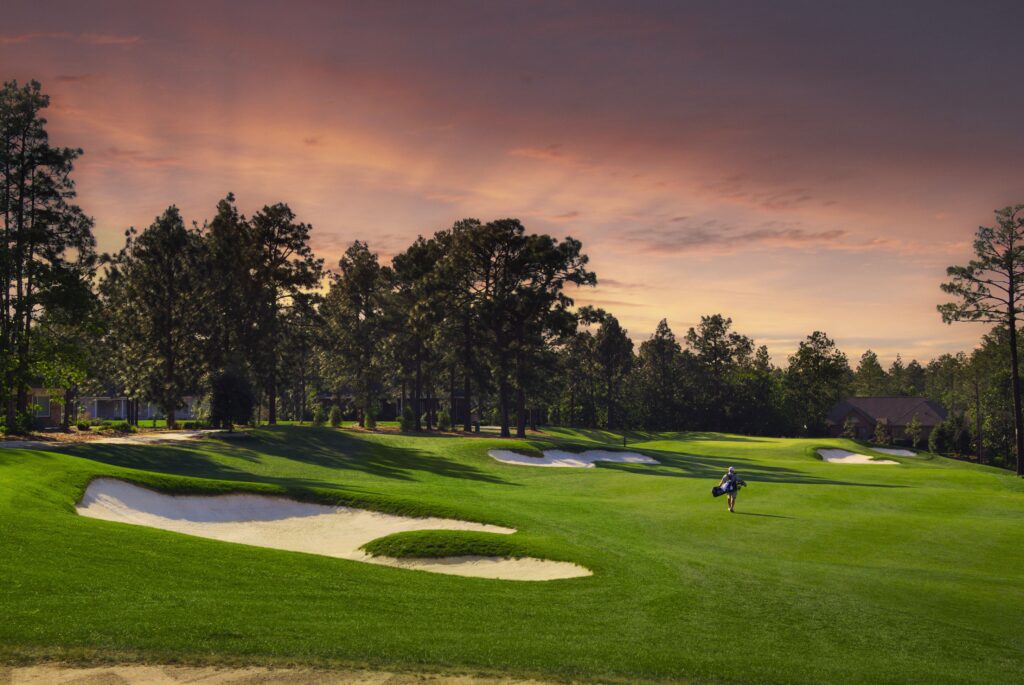
“For me, Pinehurst is such a special place for golf!”- Tom Fazio
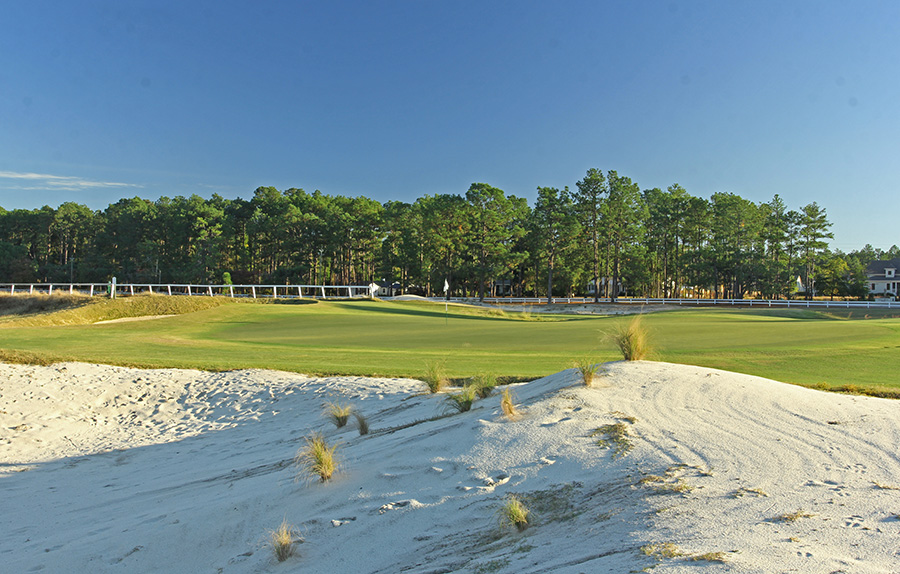
Maples Roots Run Deep in Sandhills Golf Design

New Southern Pines Mural

Pinehurst Area Buzzing with 2023 Excitement

Discover the Sweetness of the Sandhills

Celebrating the New Year in Moore County

The Big Three
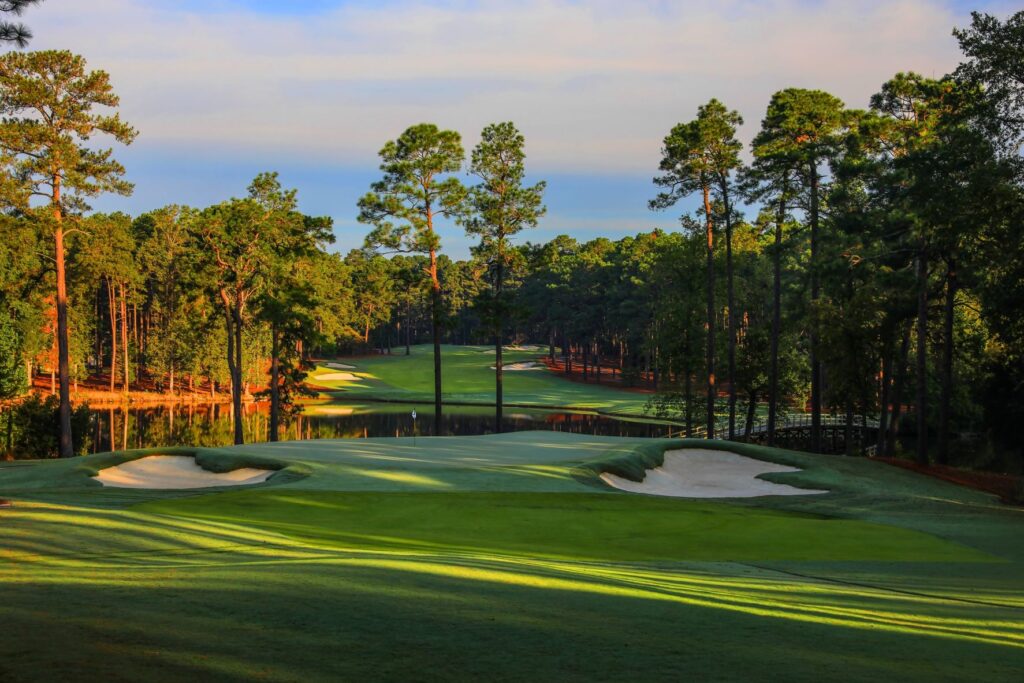
Jones Family Imprint
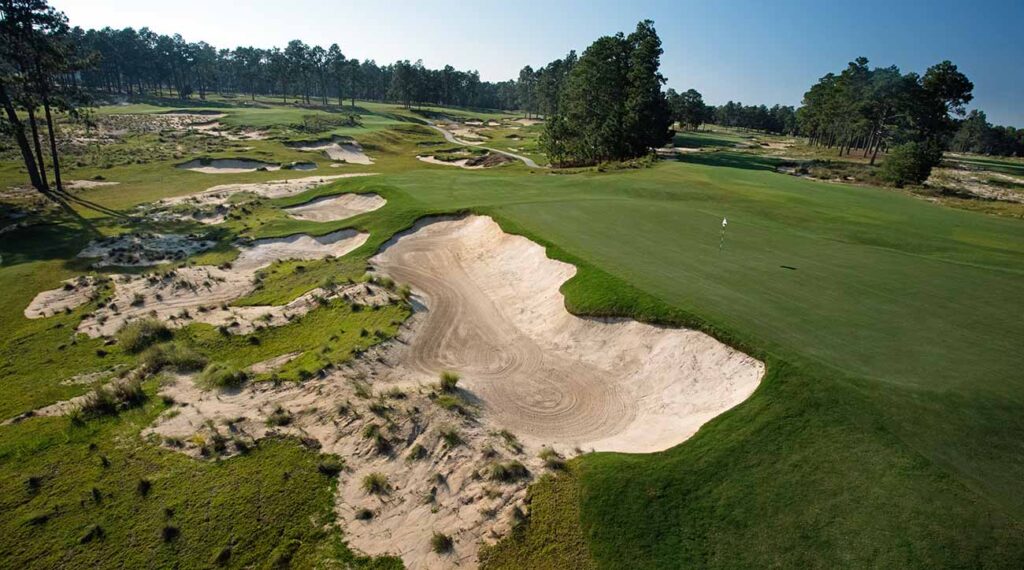
The Hanse Touch
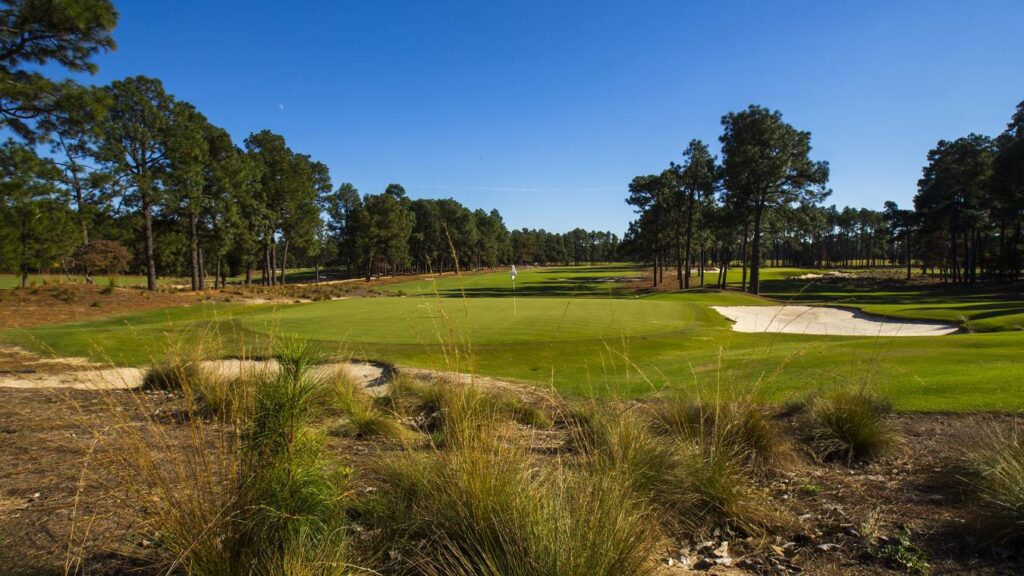
Coore & Crenshaw Roots Run Deep
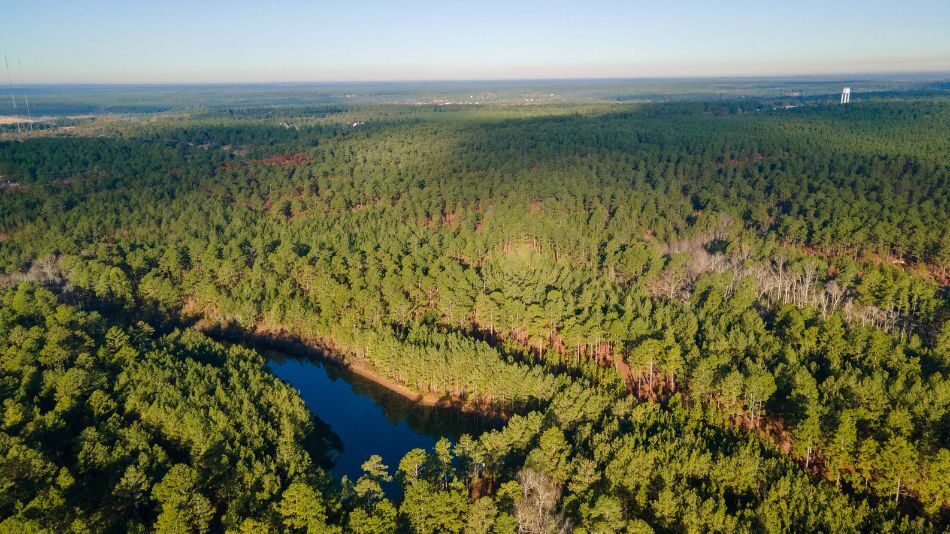
Pinehurst Resort Announces New Course to be Designed by Tom Doak
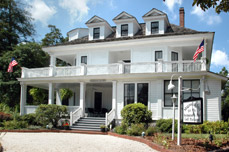
PINEHURST’S MAGNOLIA INN REOPENS
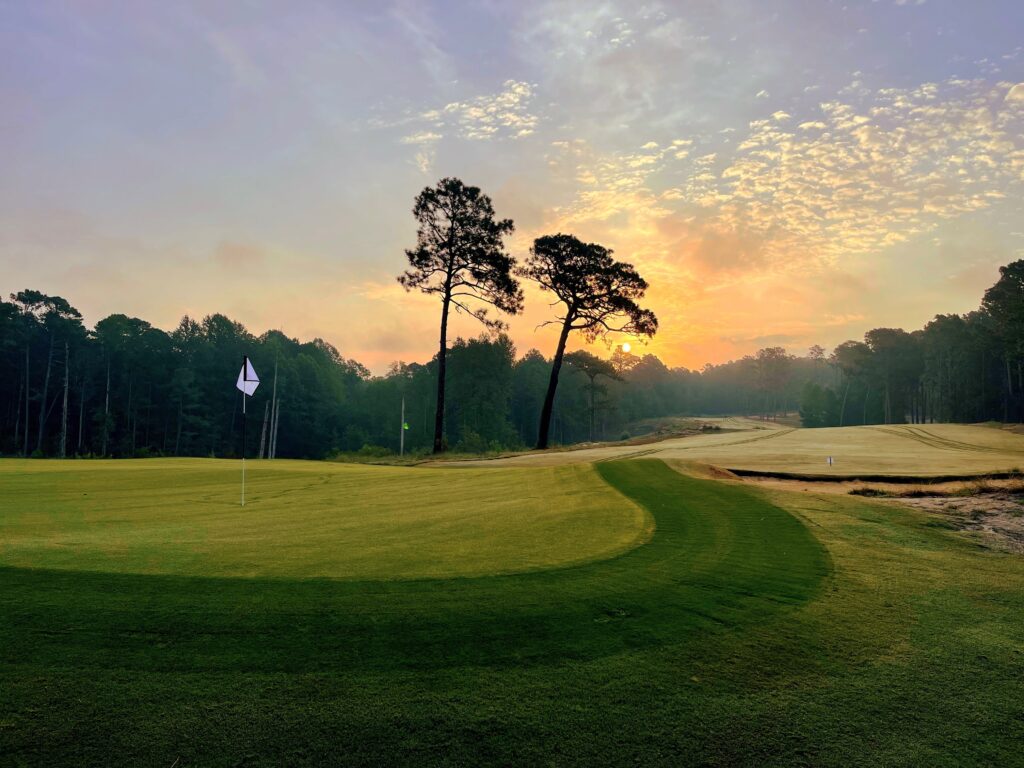
Southern Pines Golf Club Recognized
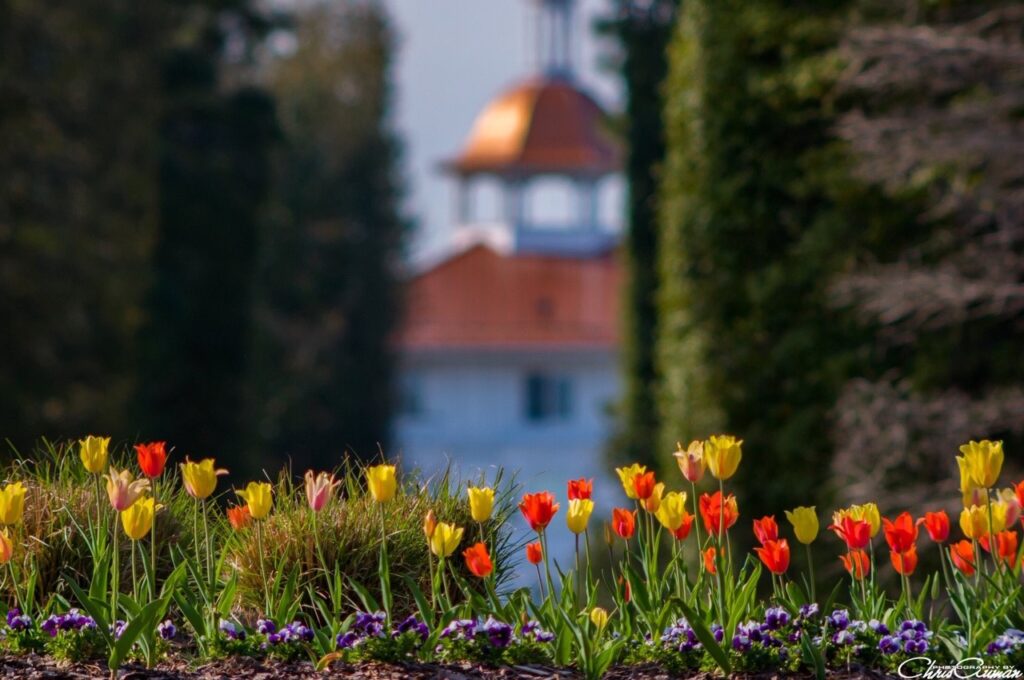
Spring in the Sandhills

Mother/Daughter Weekend in the Sandhills
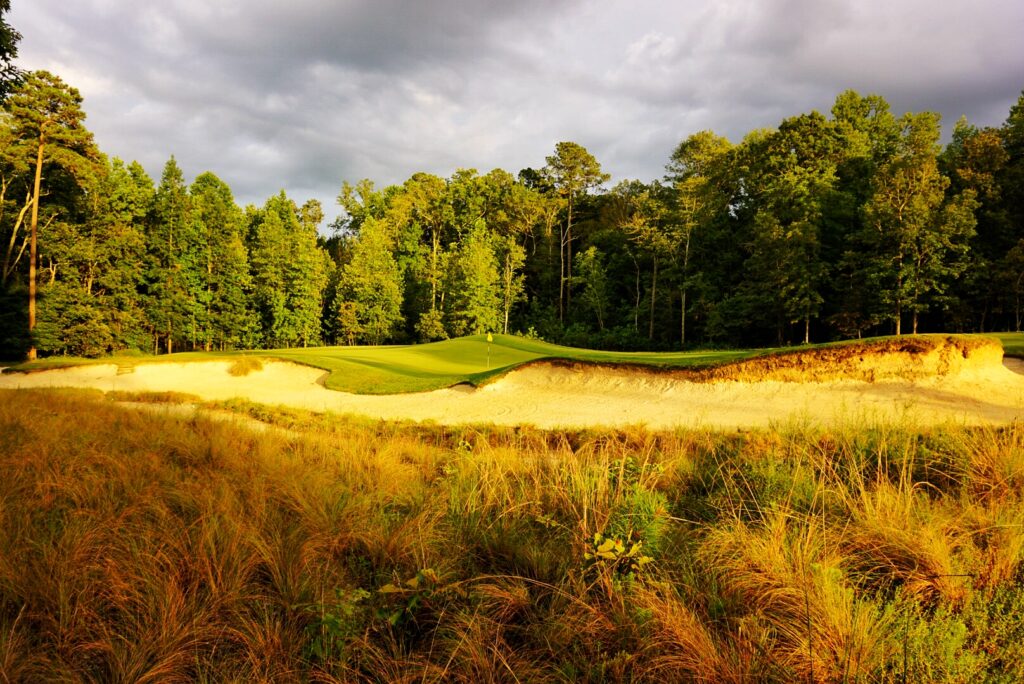
A Few of Our Favorite (Golfing) Things
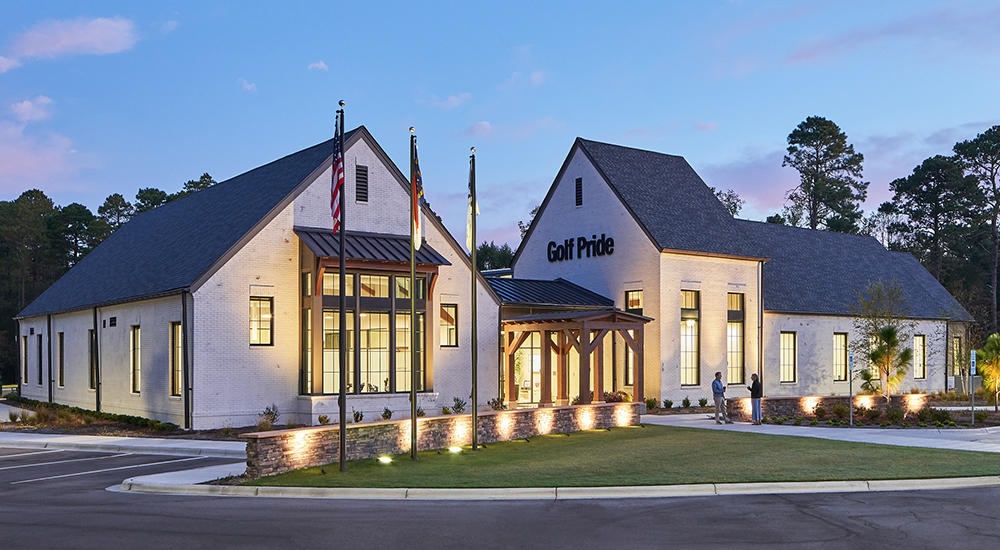
Golf Pride Retail Lab a must-see experience for your Pinehurst itinerary
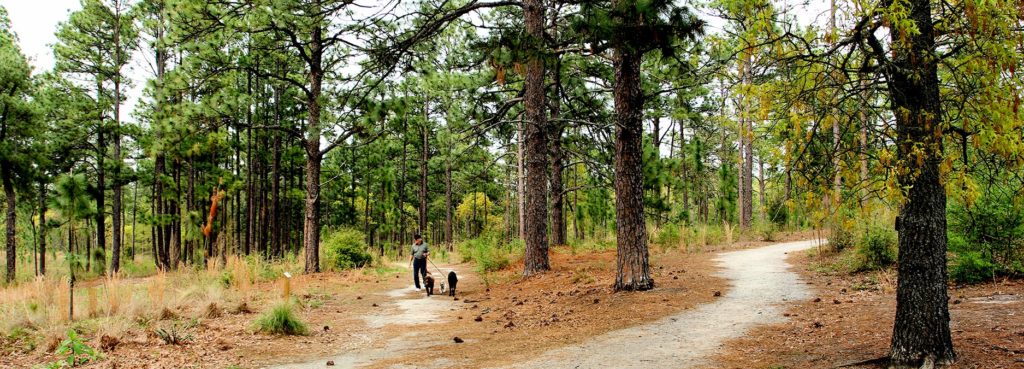
6 Trails to Explore for the Year of the Trail

Pinehurst No. 2 Still Ranked Best Course in NC

Sandhills Ecology 101
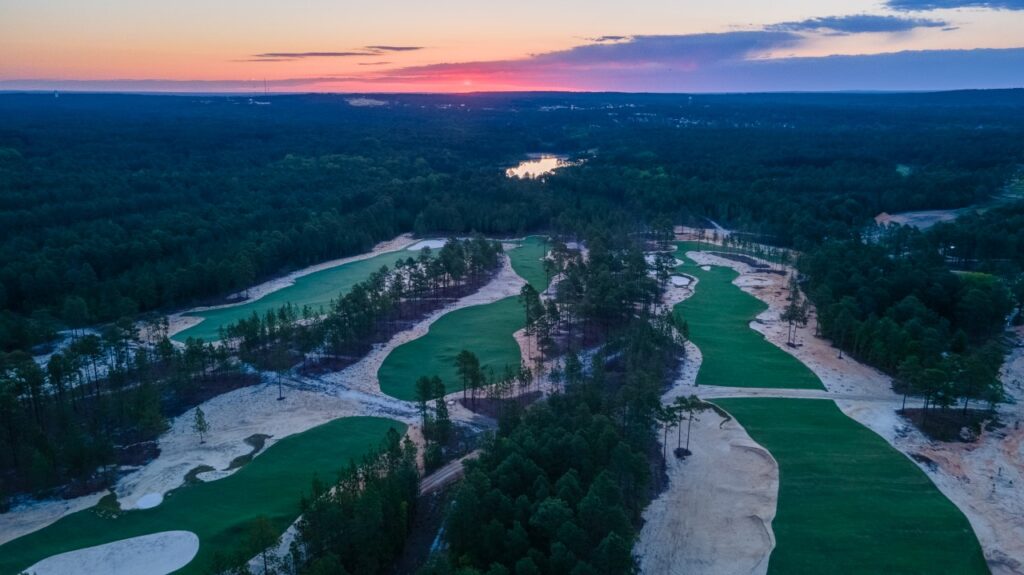
X Marks the 10-Spot

Best Date Night Ideas in the Sandhills
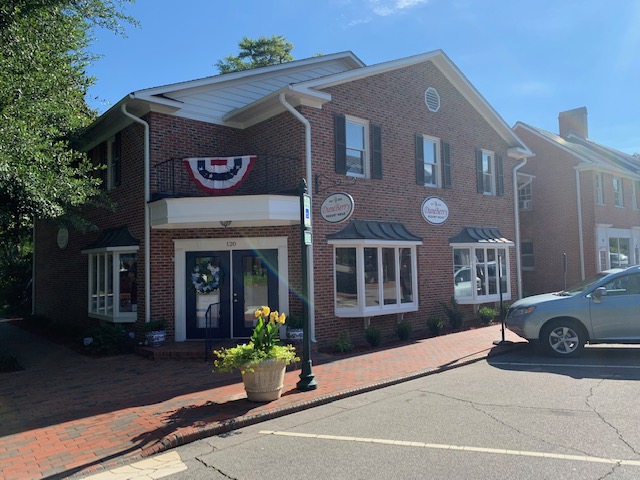
Small Towns Big Style

9 Urban Trails Around Pinehurst Area
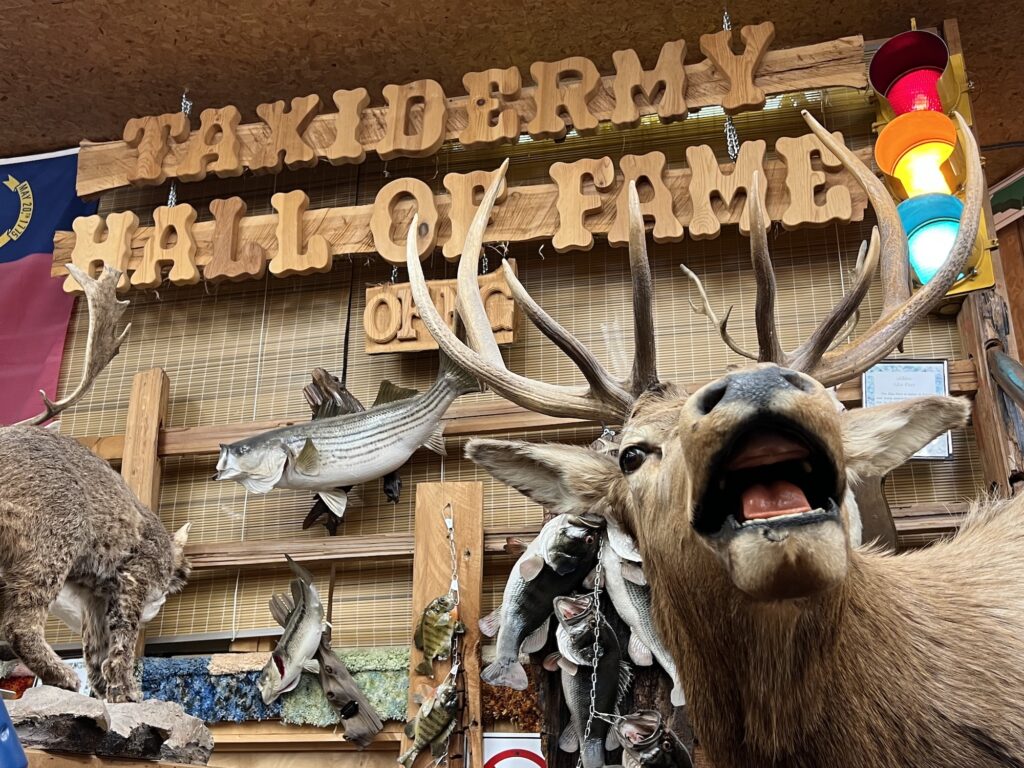
Uniquely Pinehurst

2024 U.S. Open: A Look Ahead

1999 U.S. Open: A Look Back

A Restorative Weekend Getaway at Tanglewood Farm B&B in Southern Pines
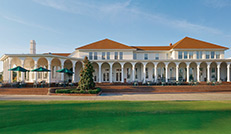
Top Things To Do On A Long Weekend

Independence Day in the Sandhills
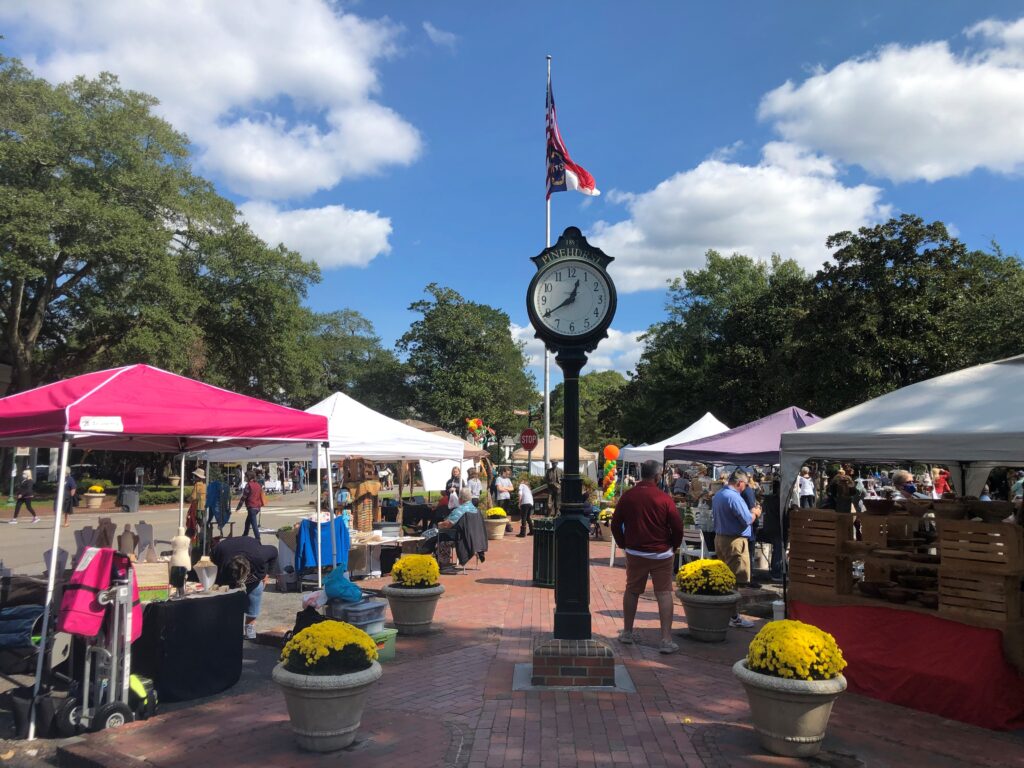
Fall Events Around the Sandhills

Celebrating NC Peaches

Kid You Not
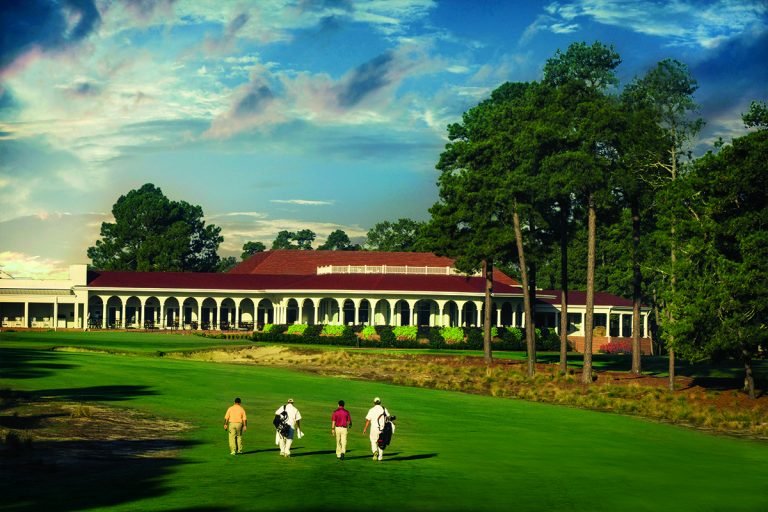
Sleepy Summers No More
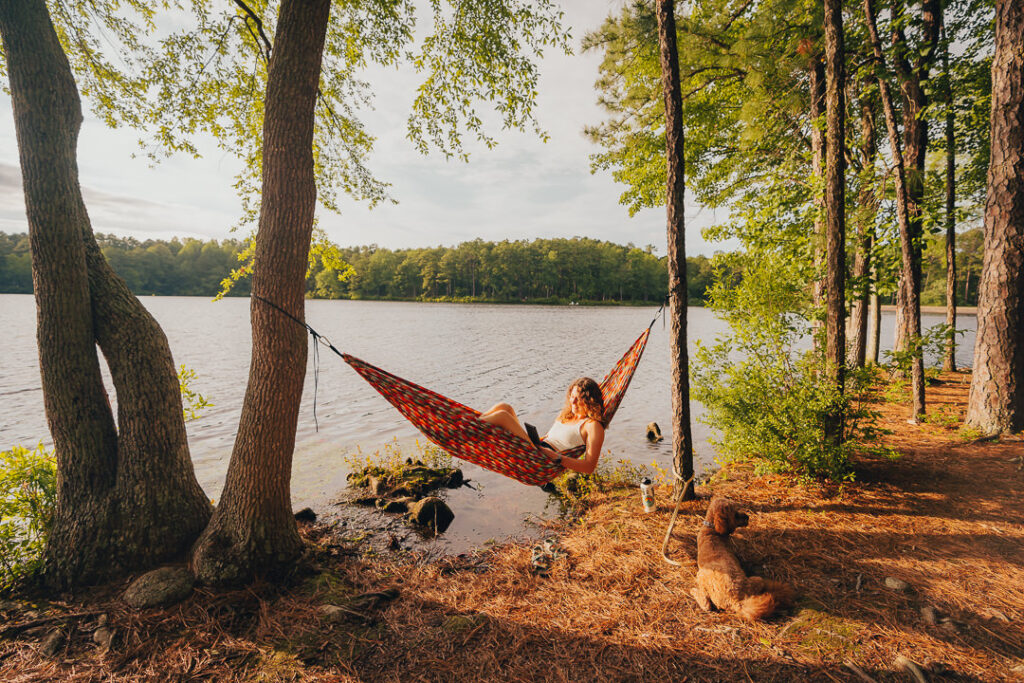
Getting Outside

When They Were Young
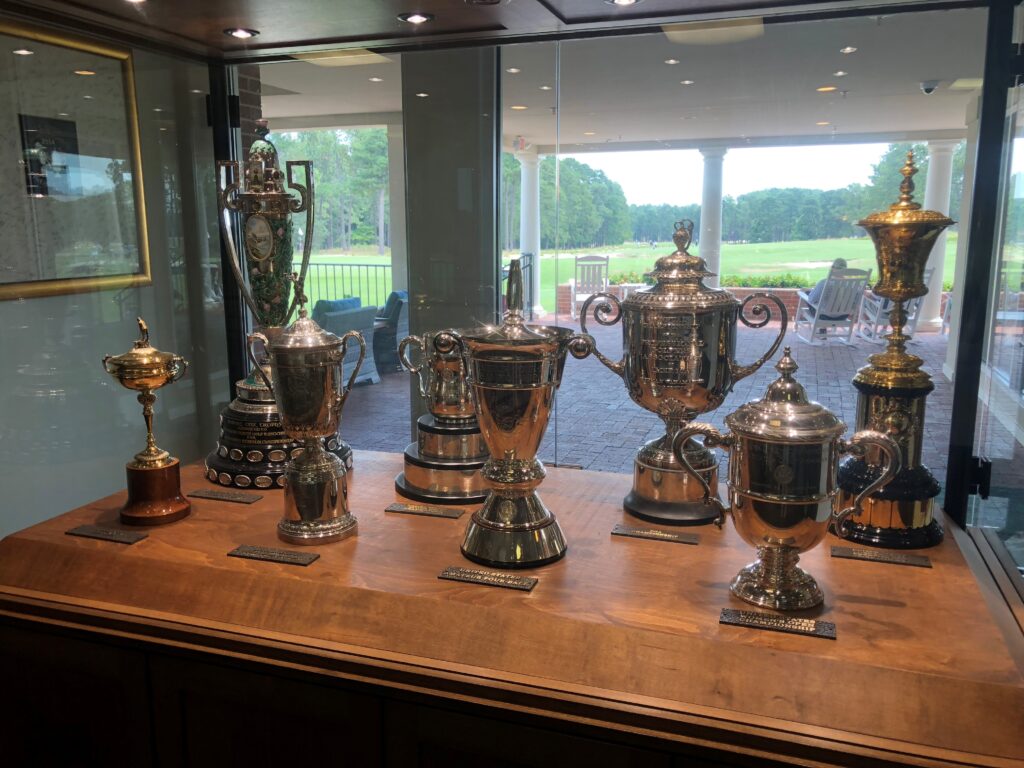
Pinehurst Major-itis

Loving Our Black & Whites
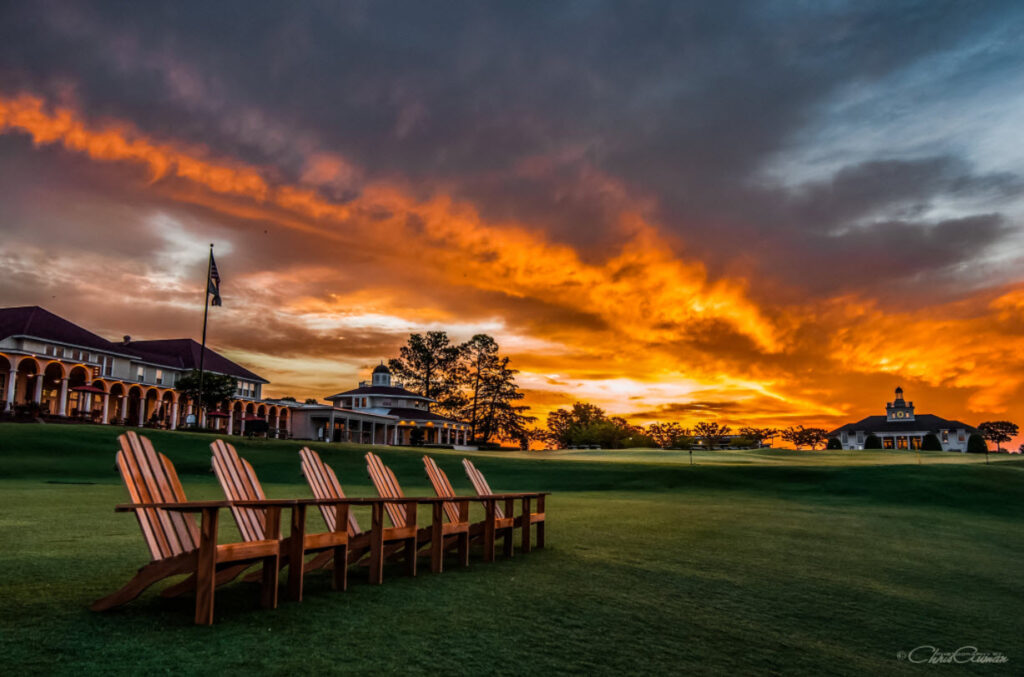
Lens of the Sandhills

Festival D’avion Named as Signature Event
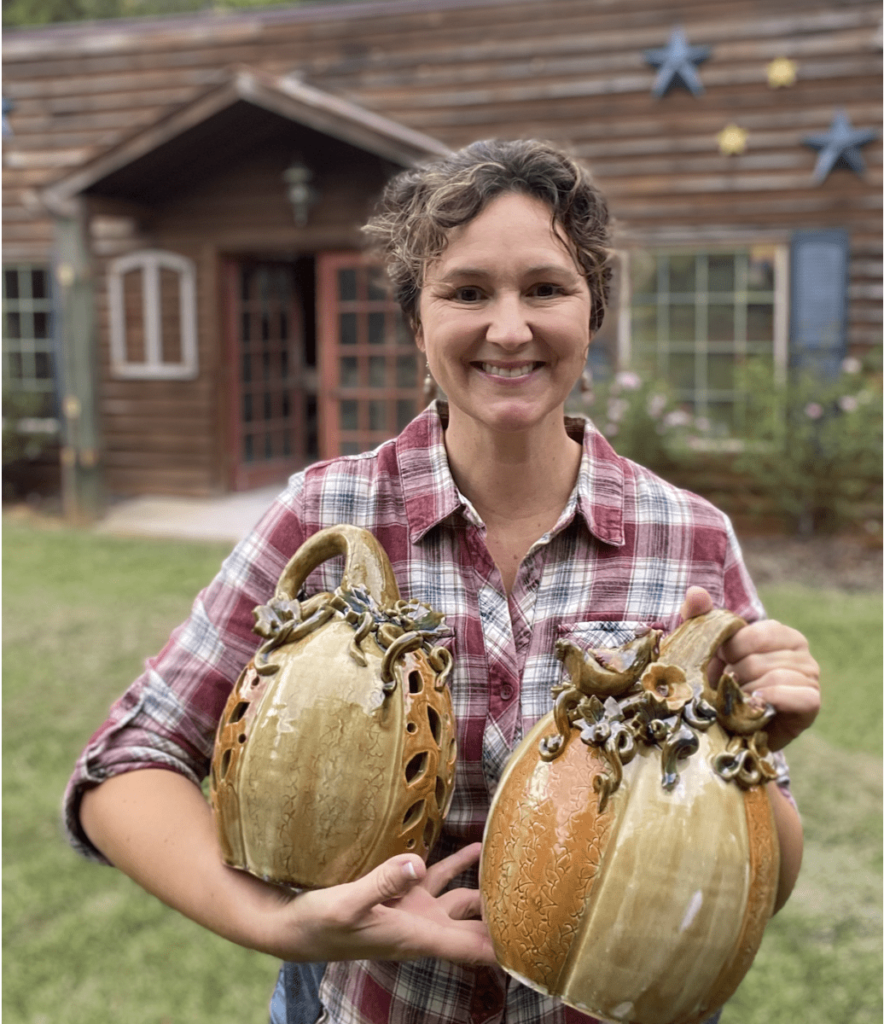
Celebrate American Craft Week

Act Two for Tot Hill Farm
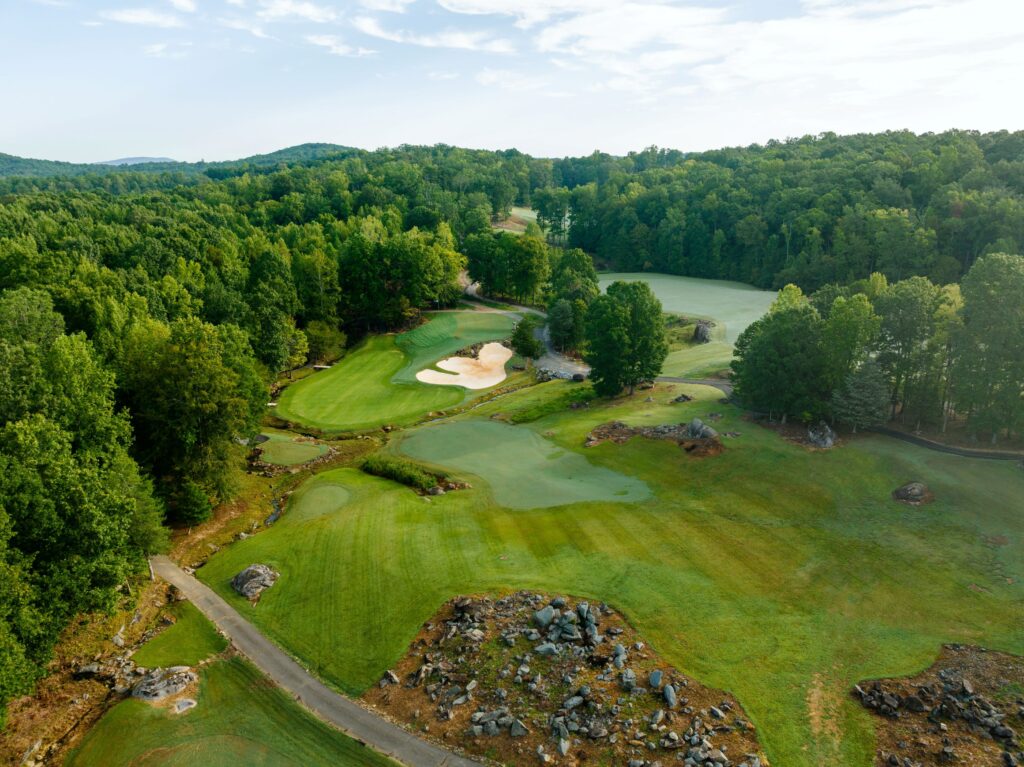
An Artist in the Dirt
Legends of the Pines

Breakfast Joints of the Sandhills

The Scottish Invasion

To Dornoch and Back
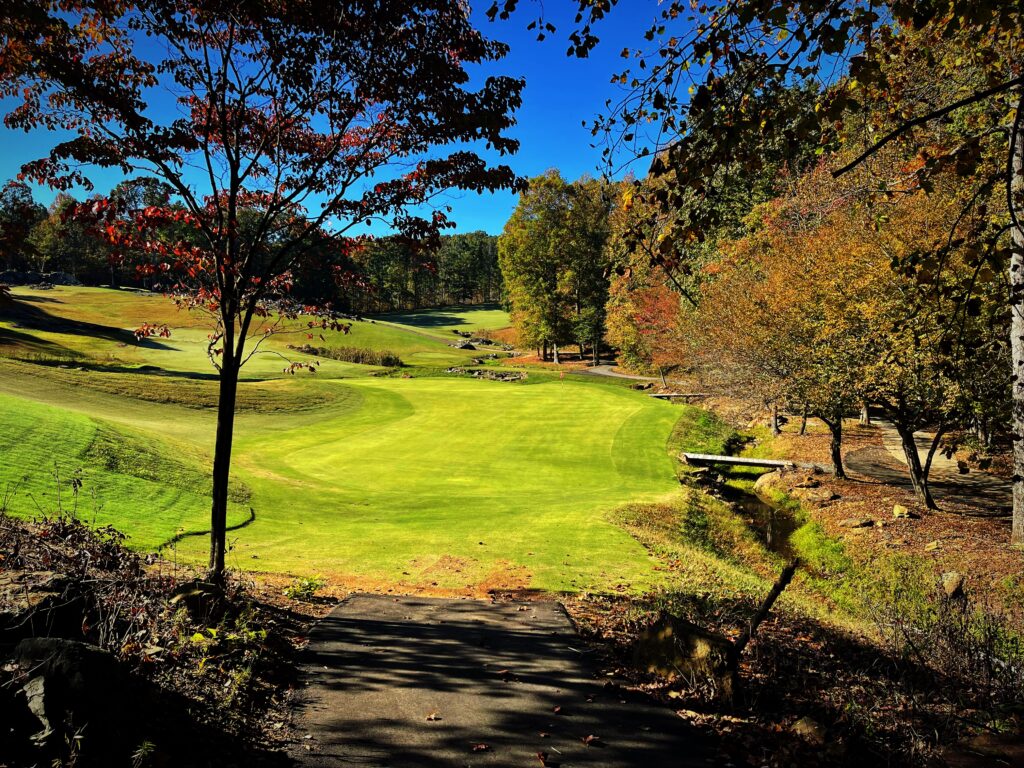
A “New” Pinehurst Welcomes the World in 2024
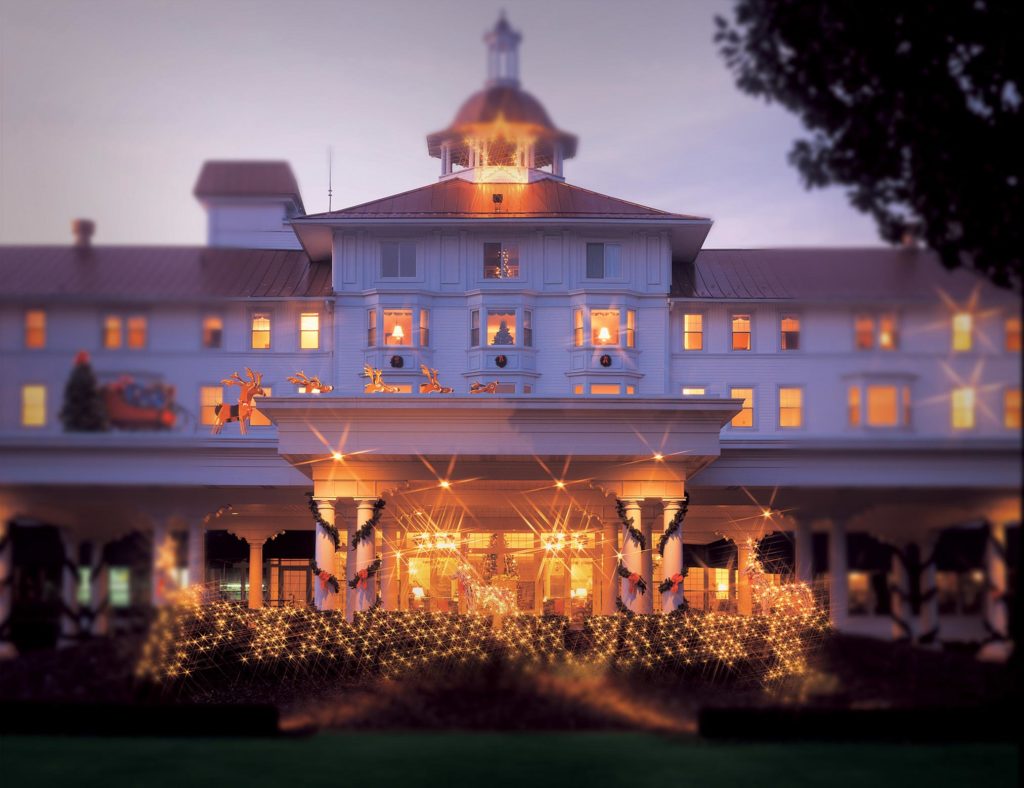
Pinehurst Holiday
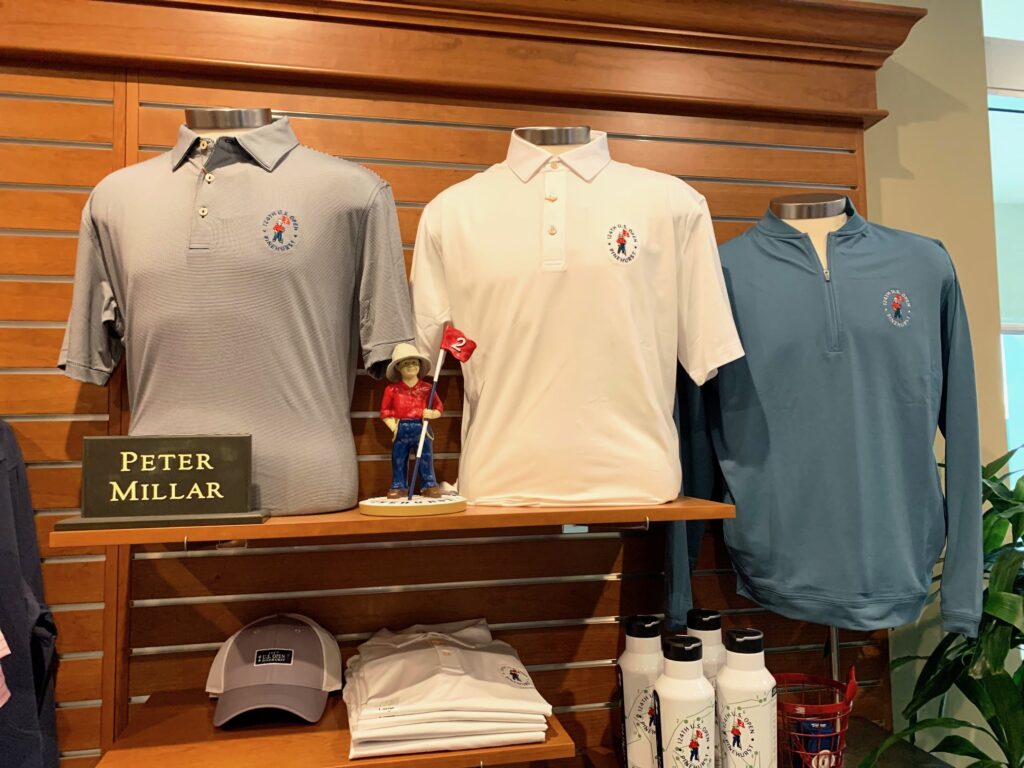
Golfers Gift Guide
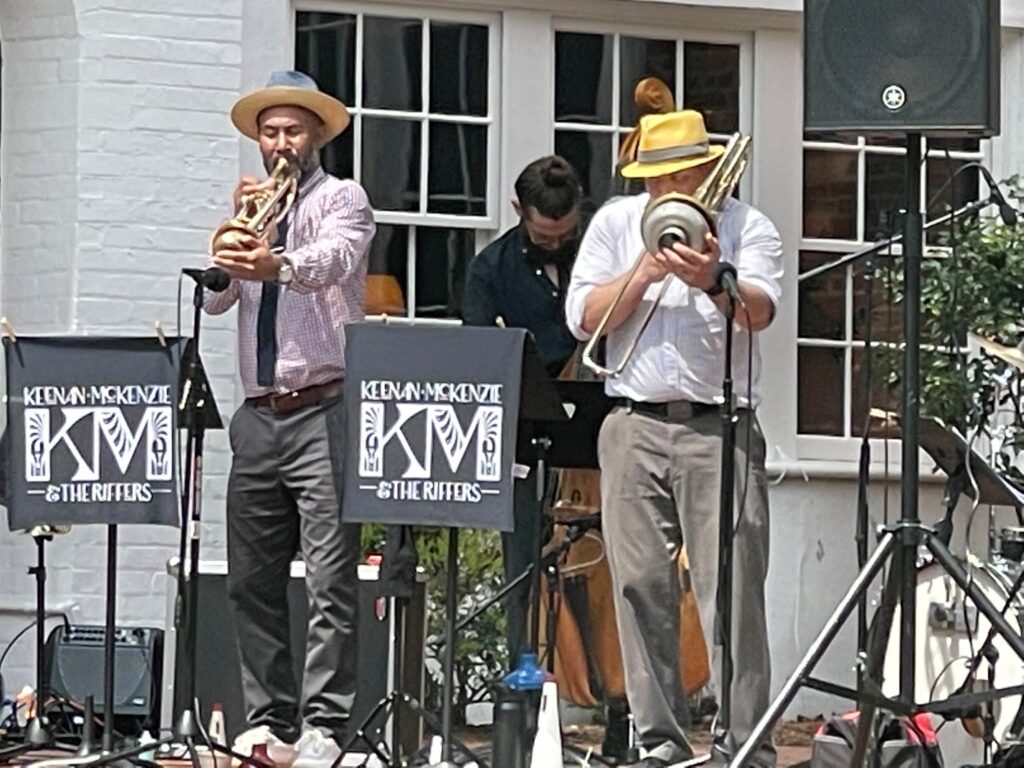
Sandhills Nightlife Scene

A U.S. Open Year
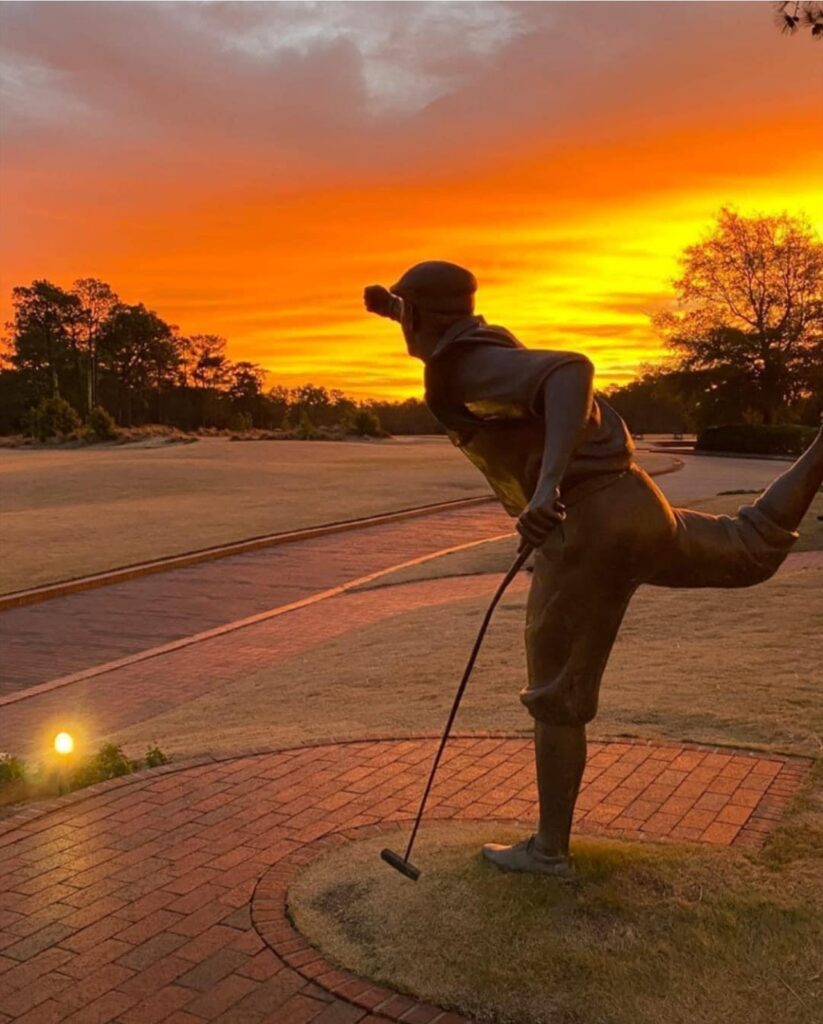
Payne at 25

Where to Antique in Cameron and Carthage

Girls’ Weekend in Moore County
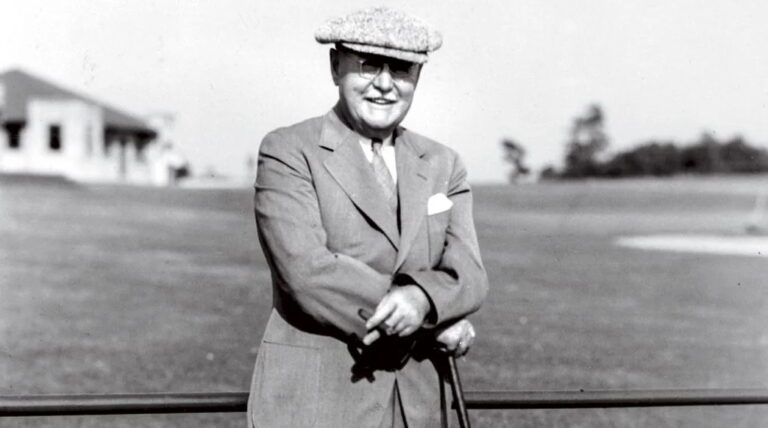
Sandhills Hall of Fame
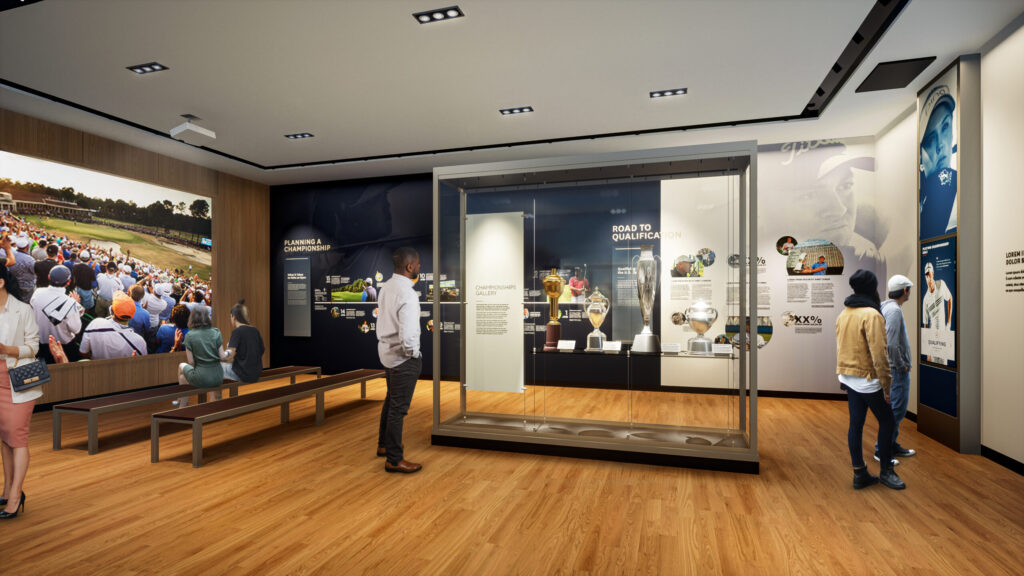
Hall of Fame Take Two
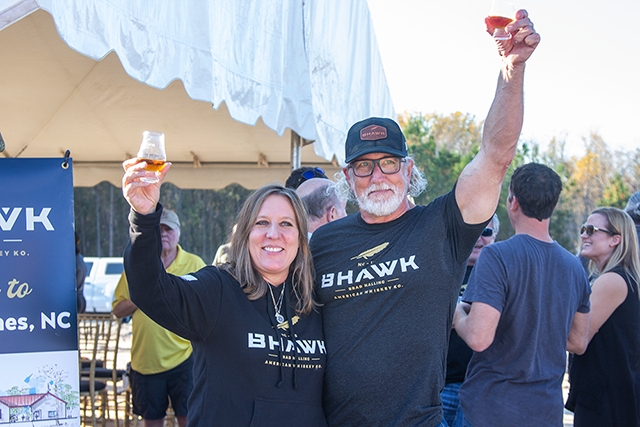
BHAWK Distillery Toasts Military Spirit
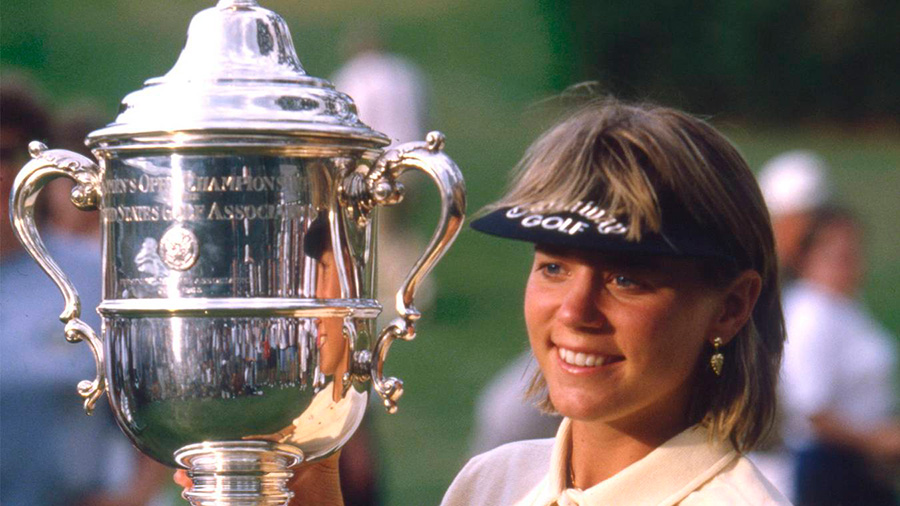
A Dozen Master Strokes
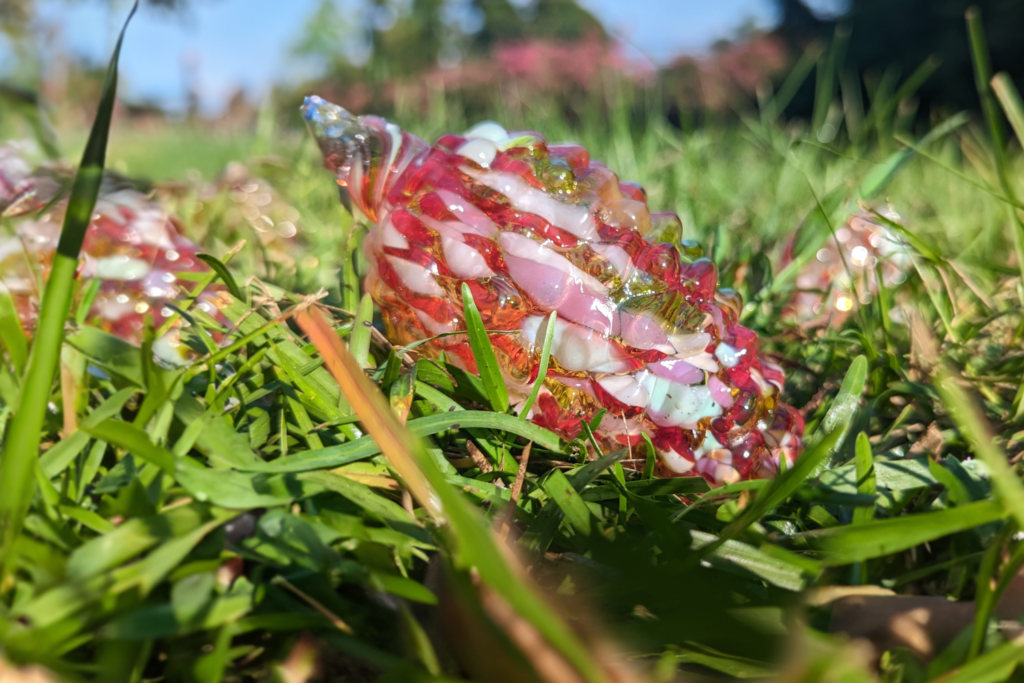
Popular Pinecone Pathways Returns for Spring 2024
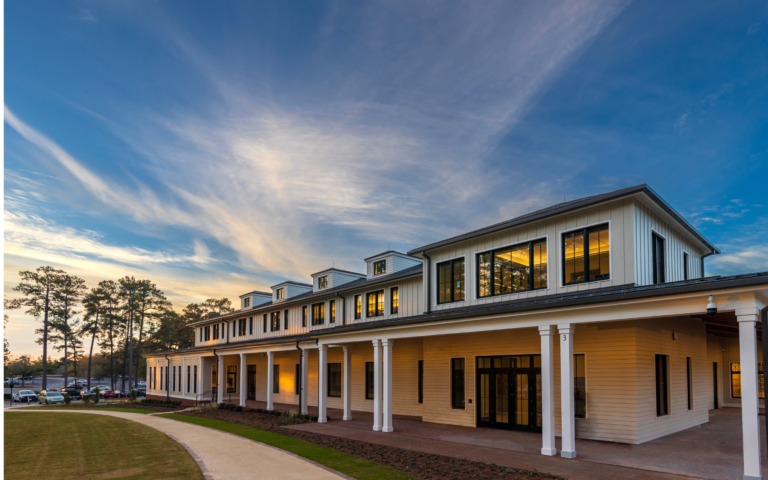
The Dynamic Decade
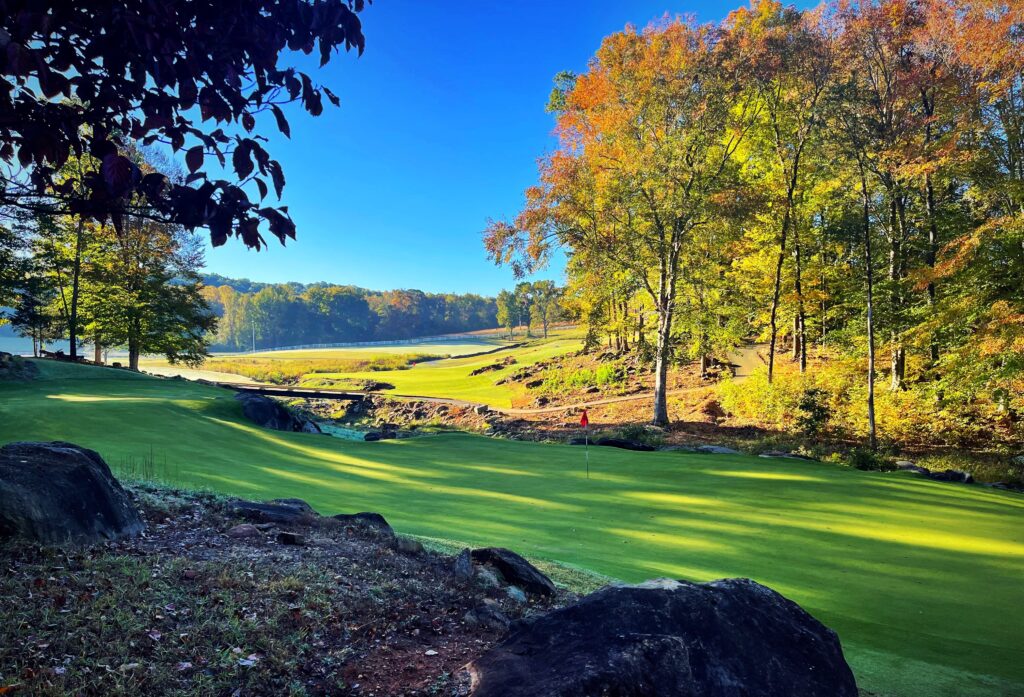
Sandhills Pours Double Dose
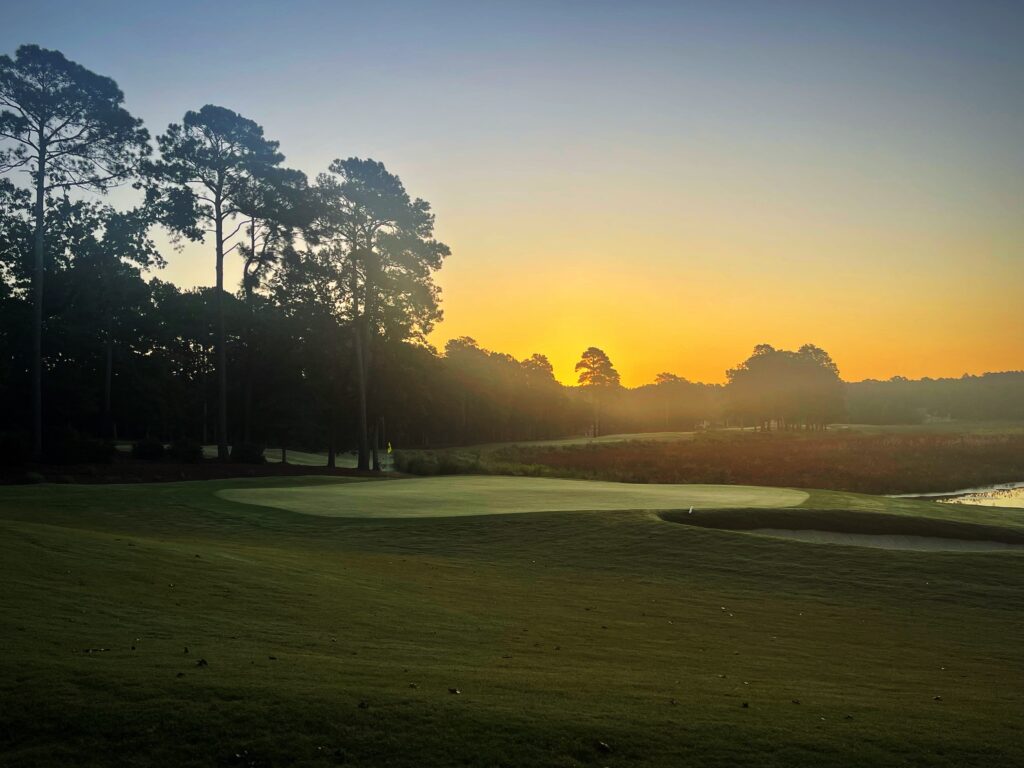
Rebirth at Woodlake
Pints in the Pines: A Guide to the Breweries of the Sandhills

